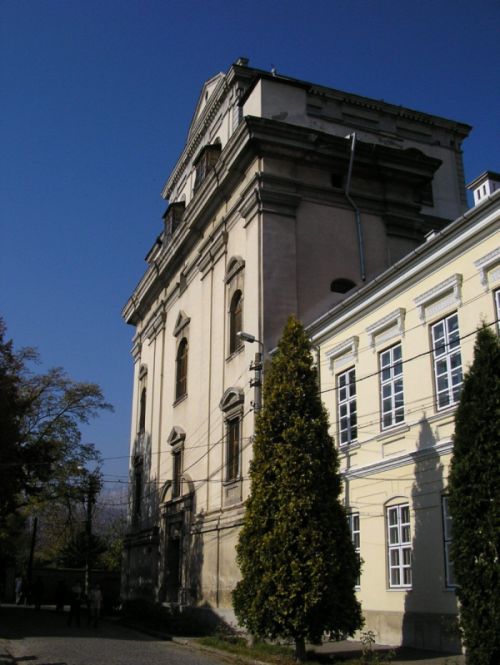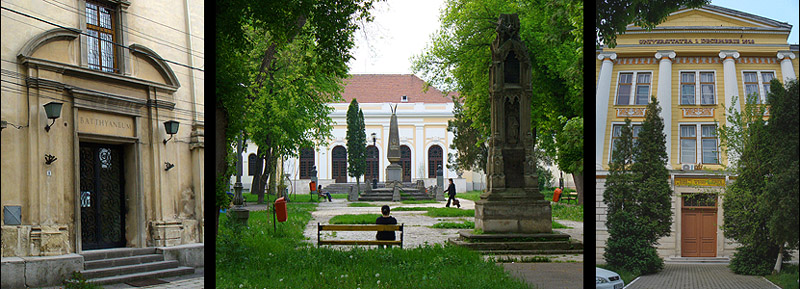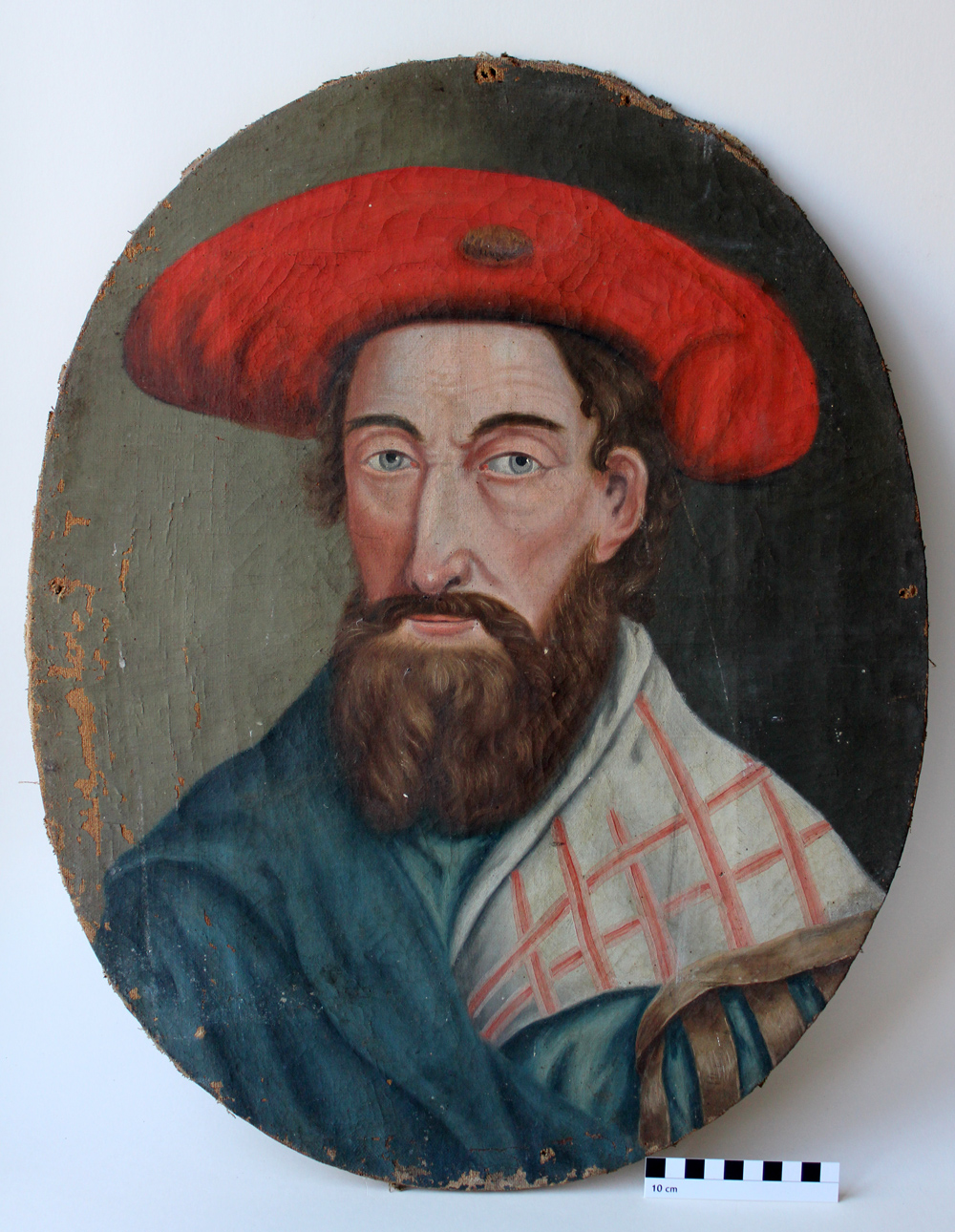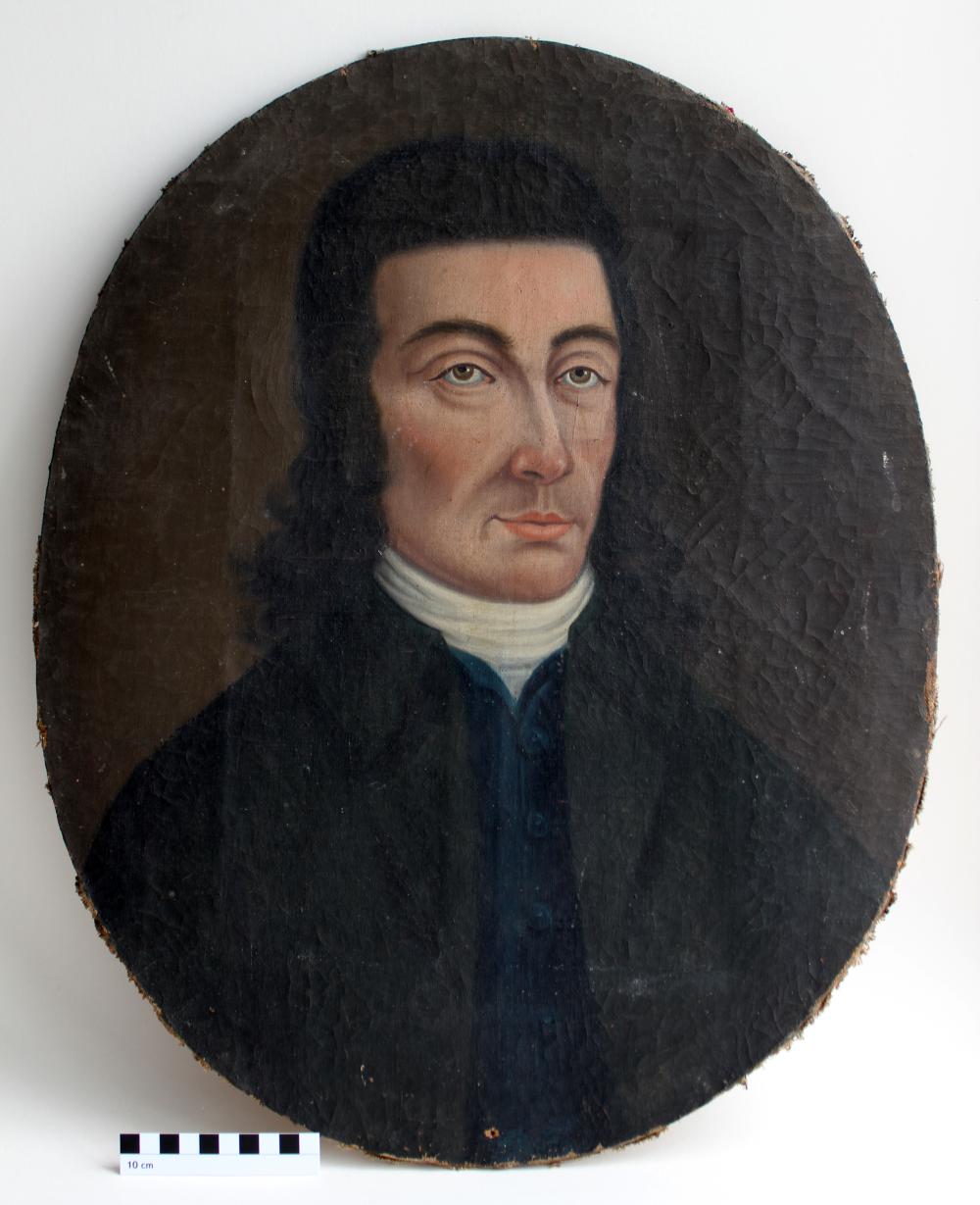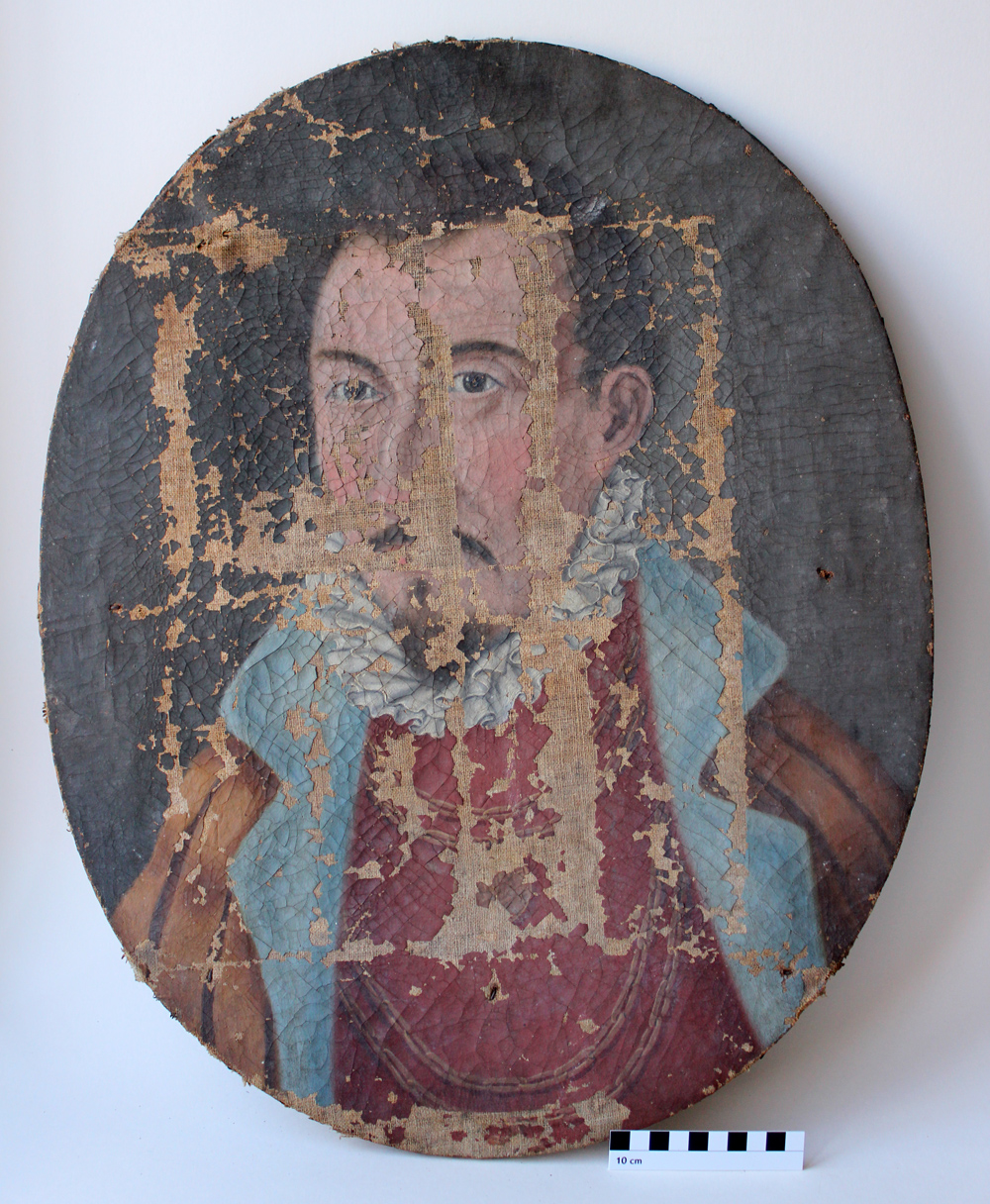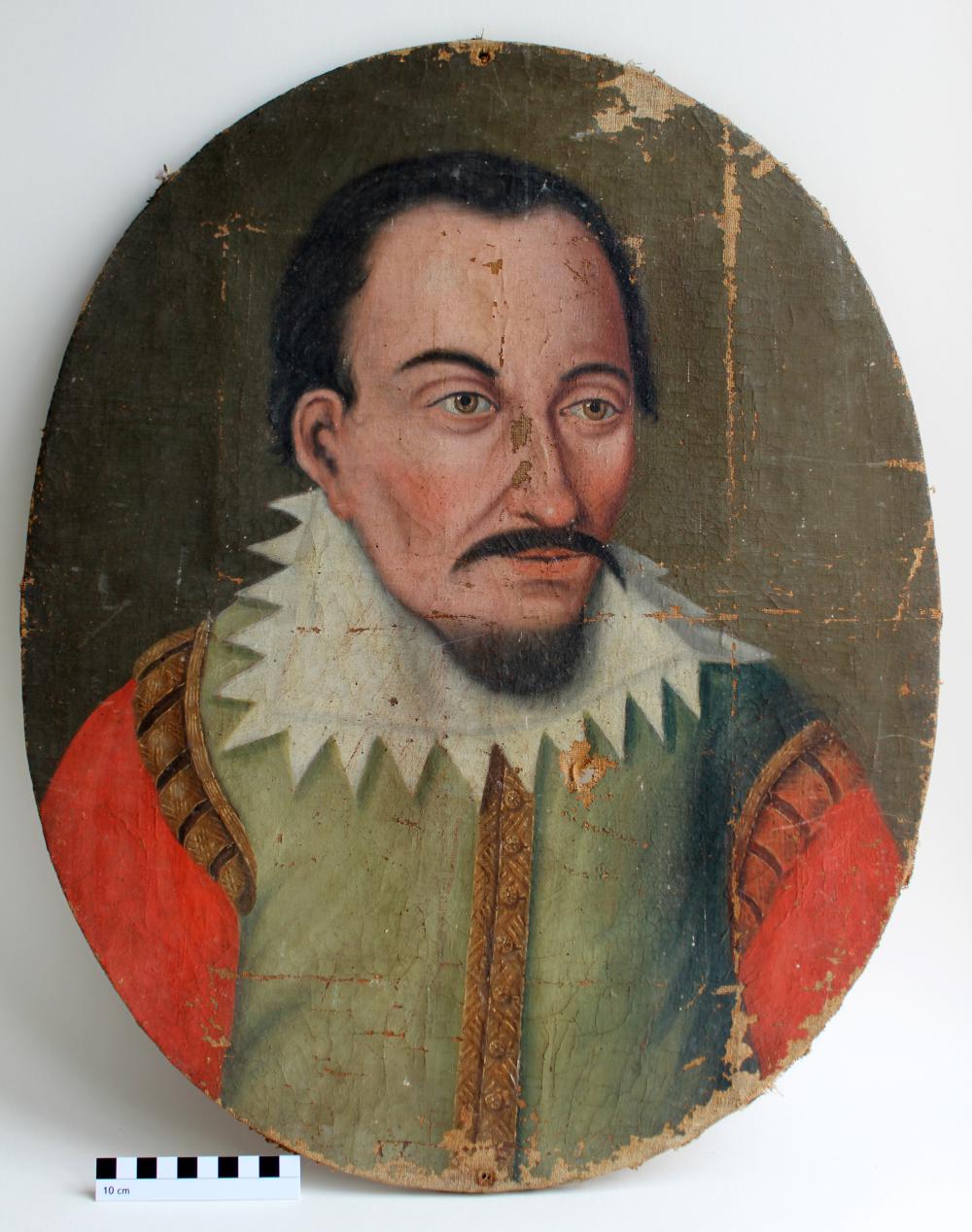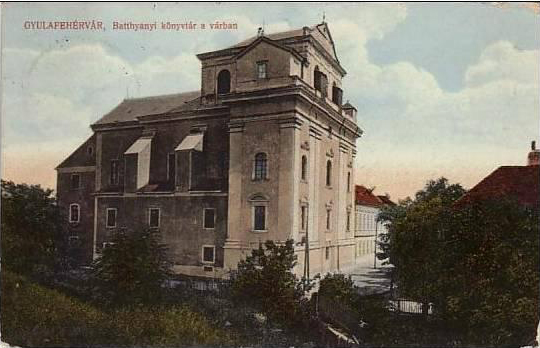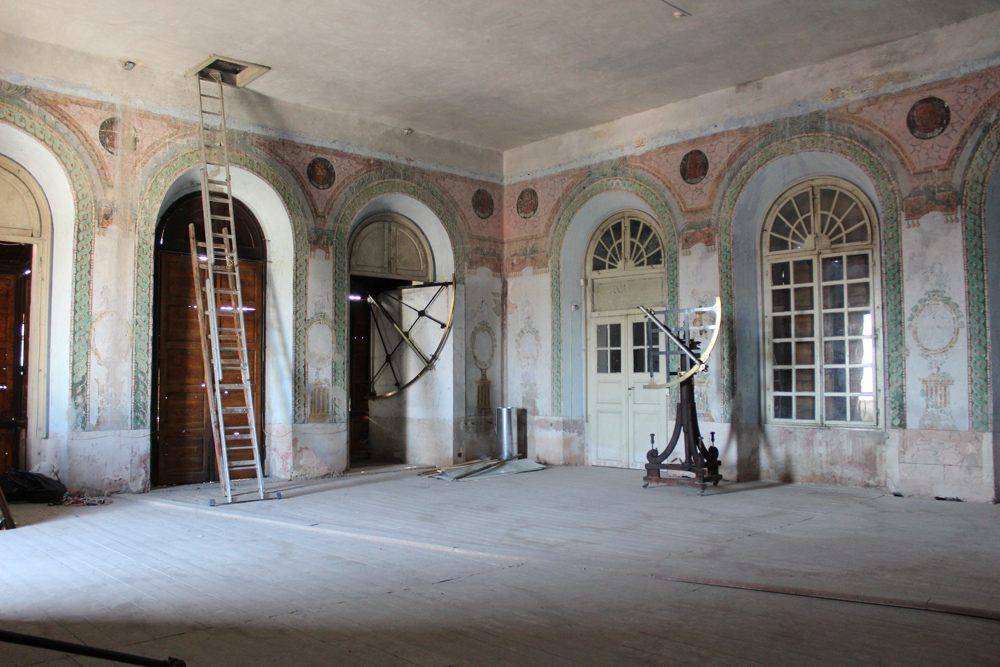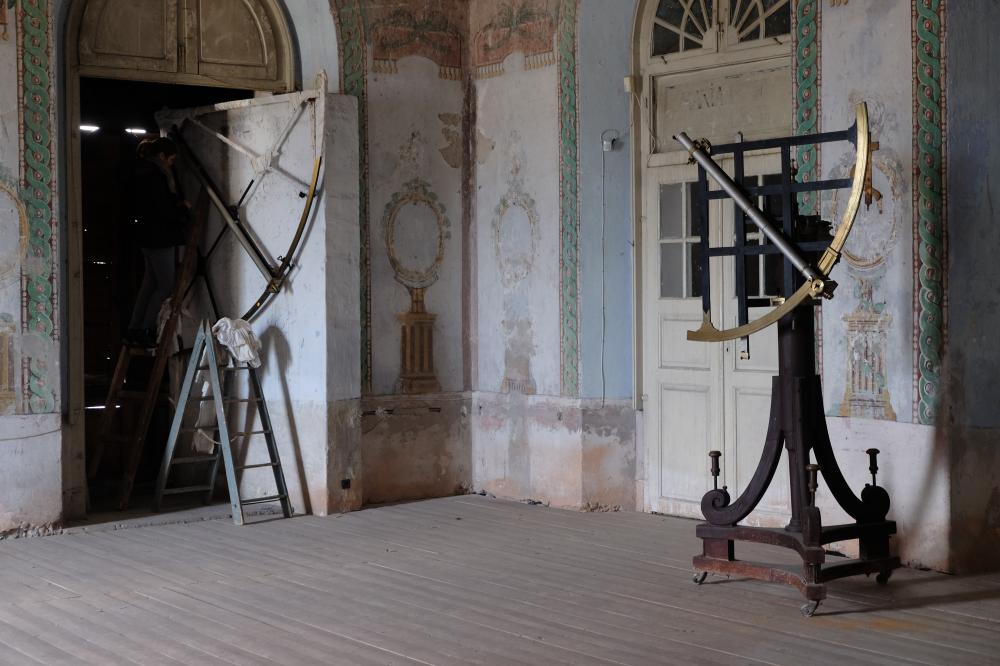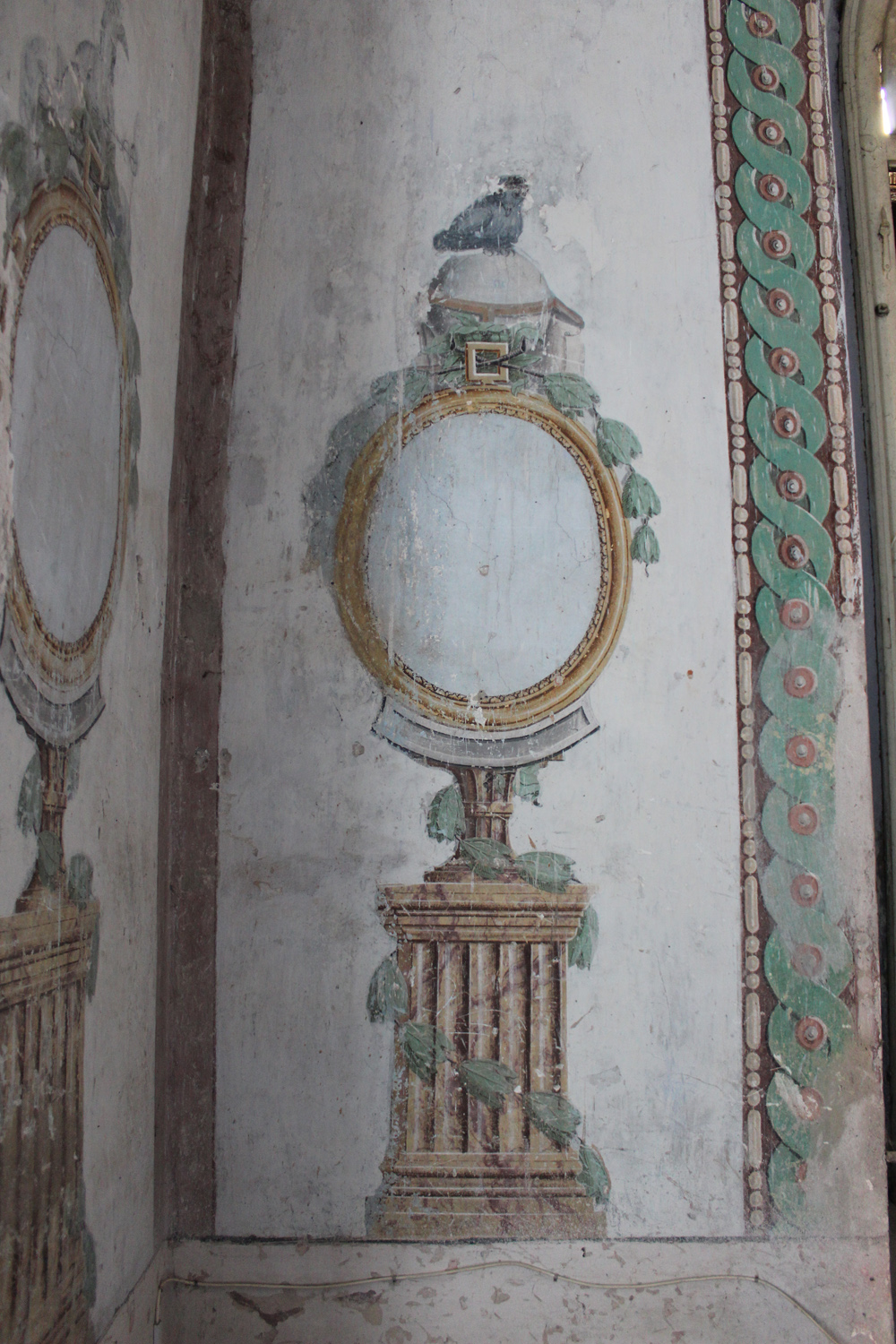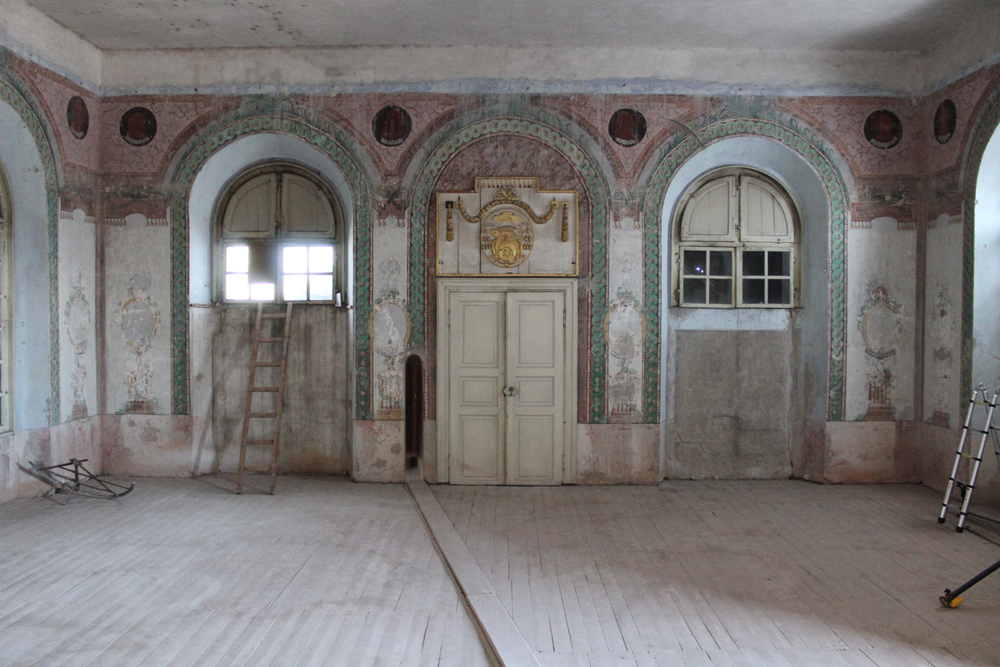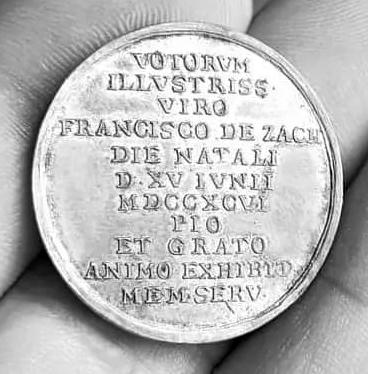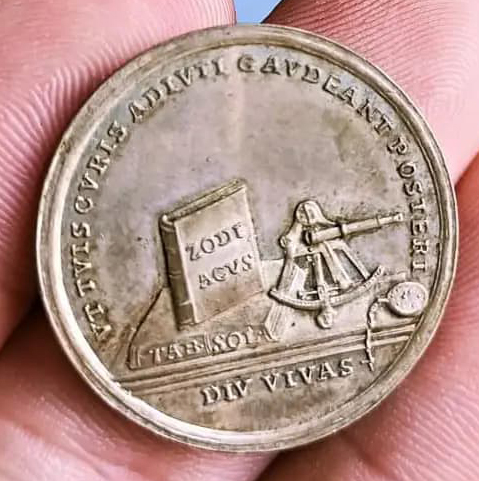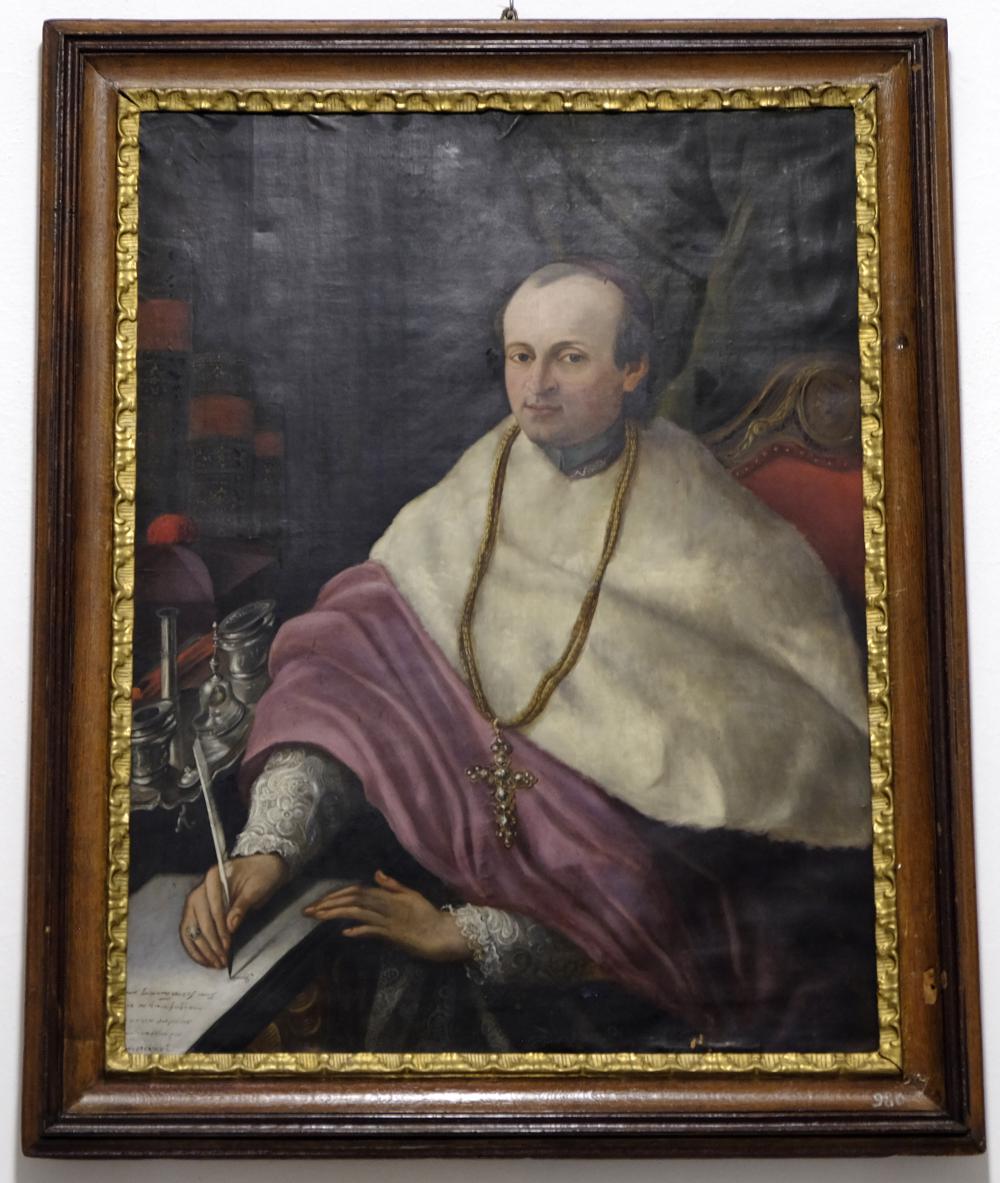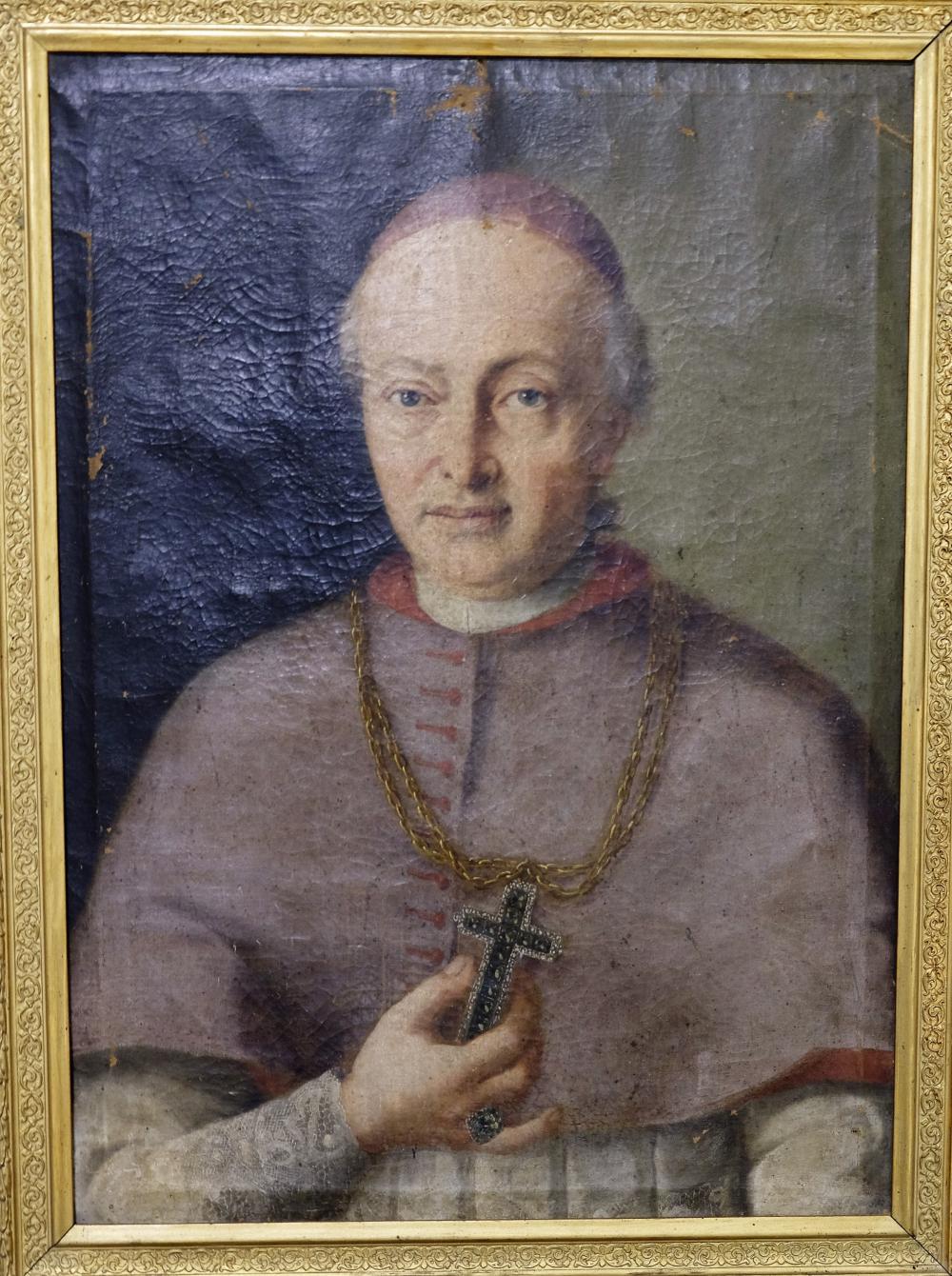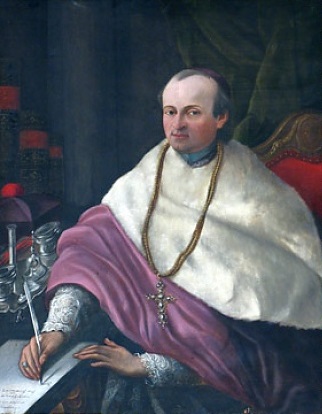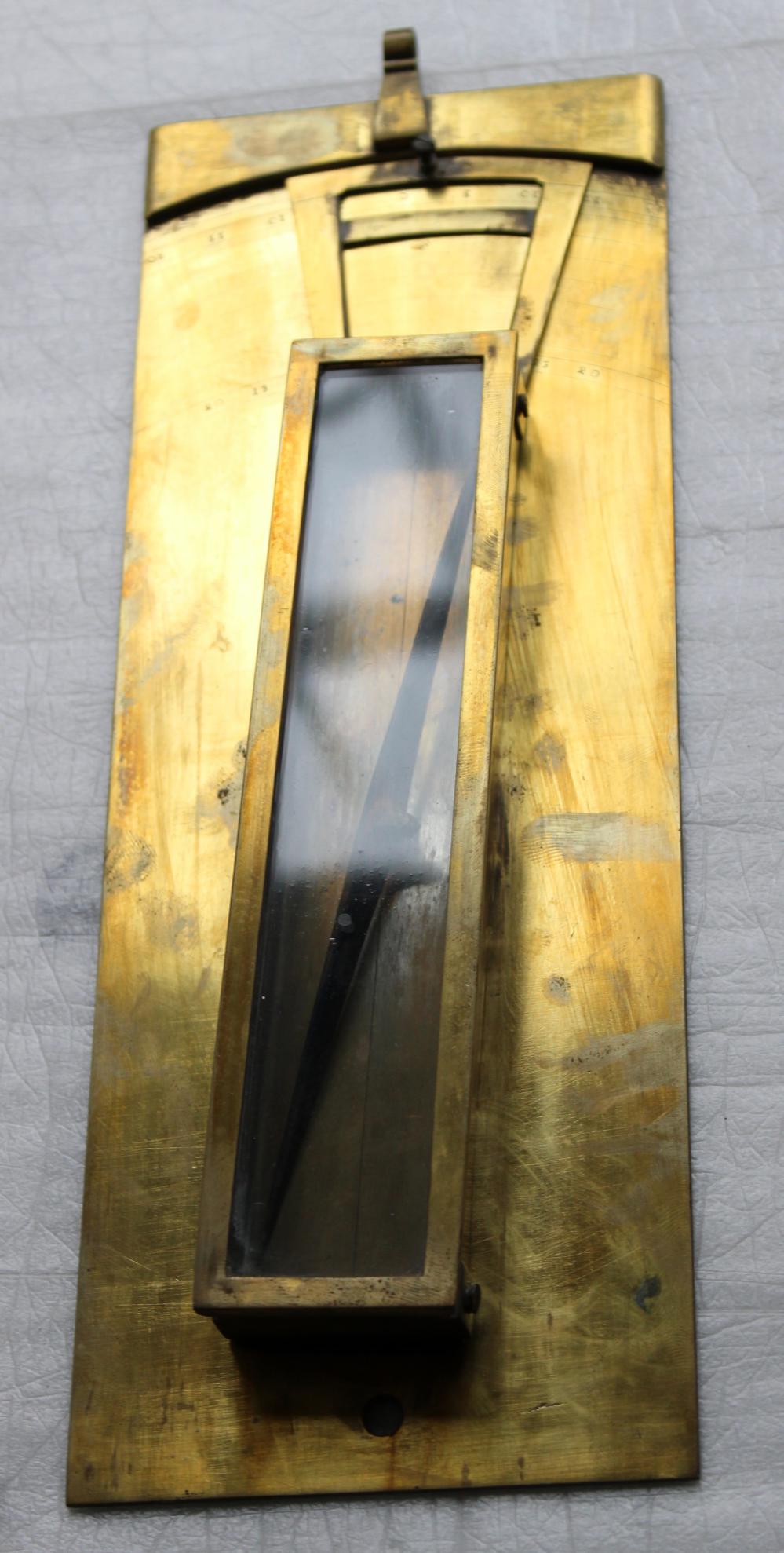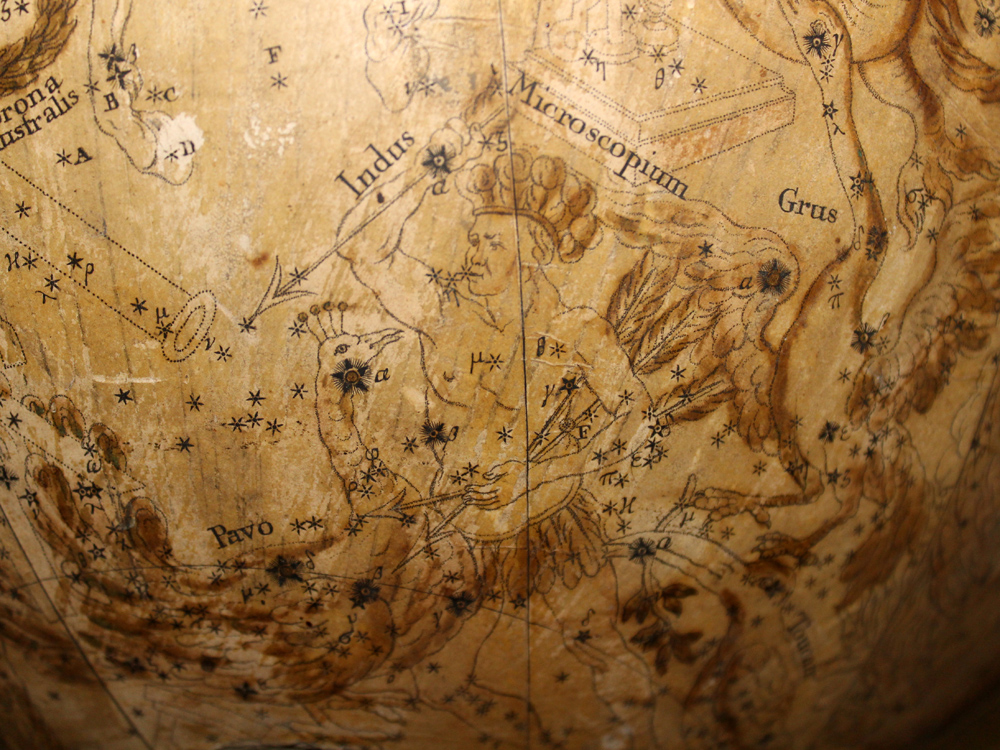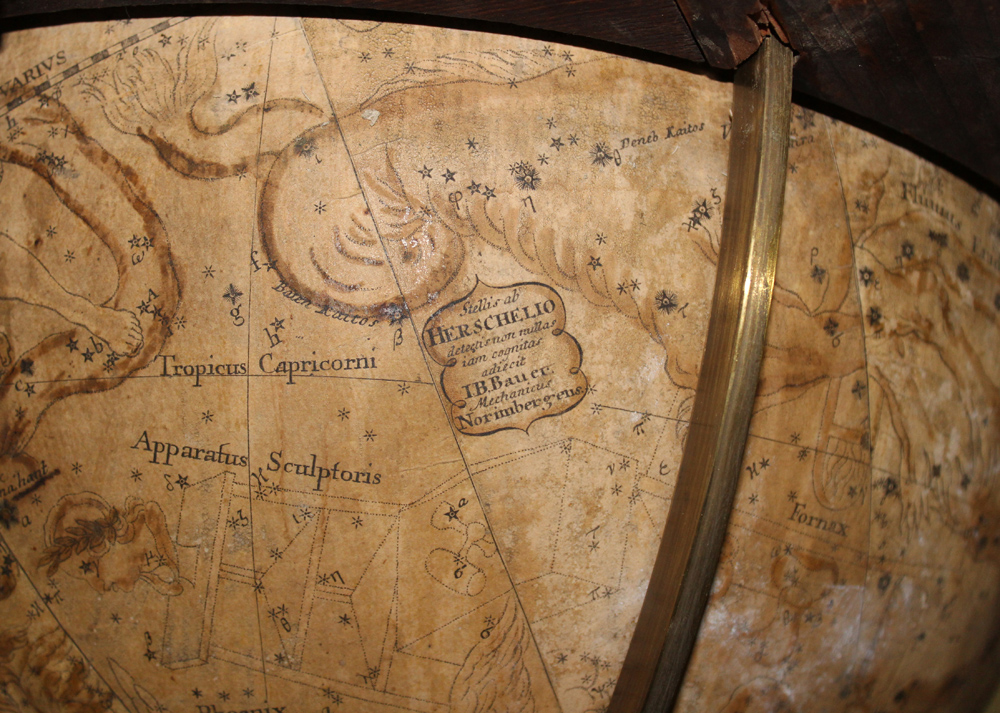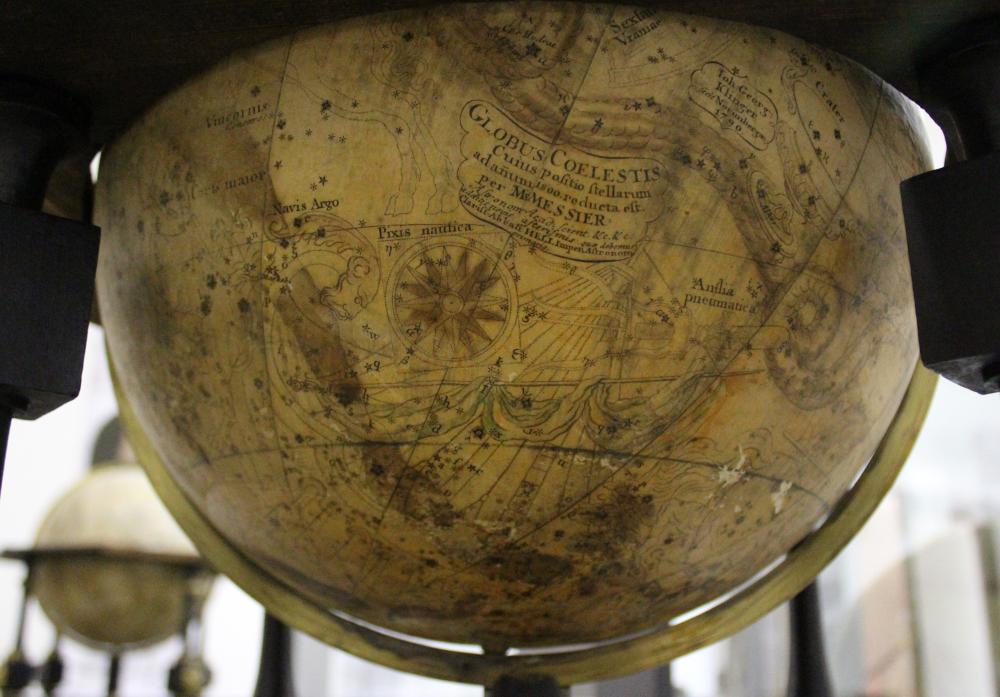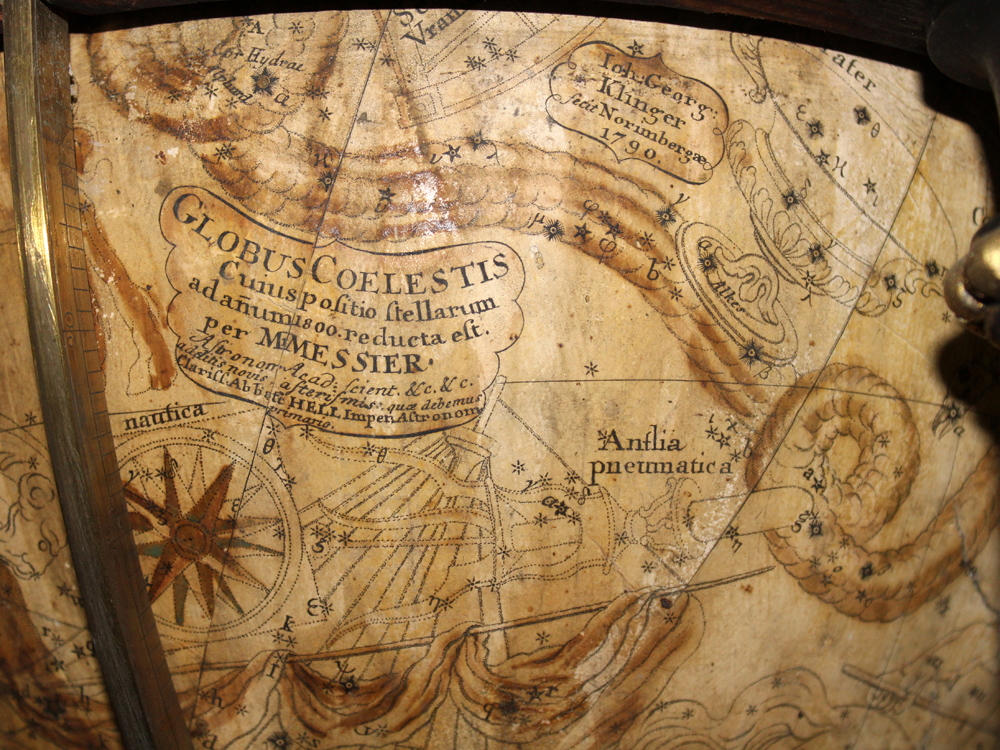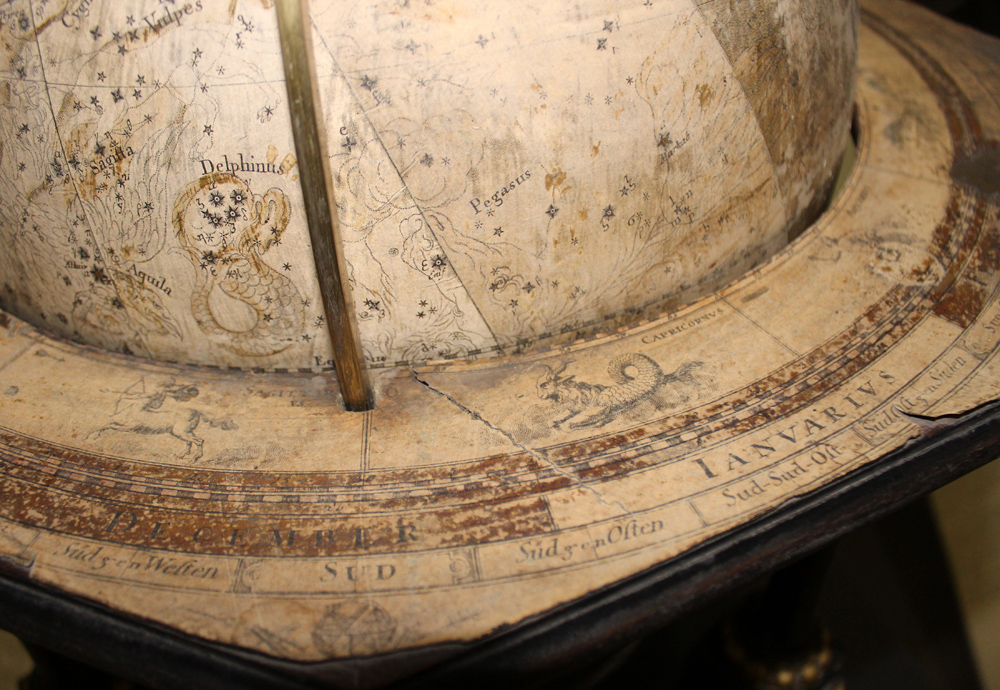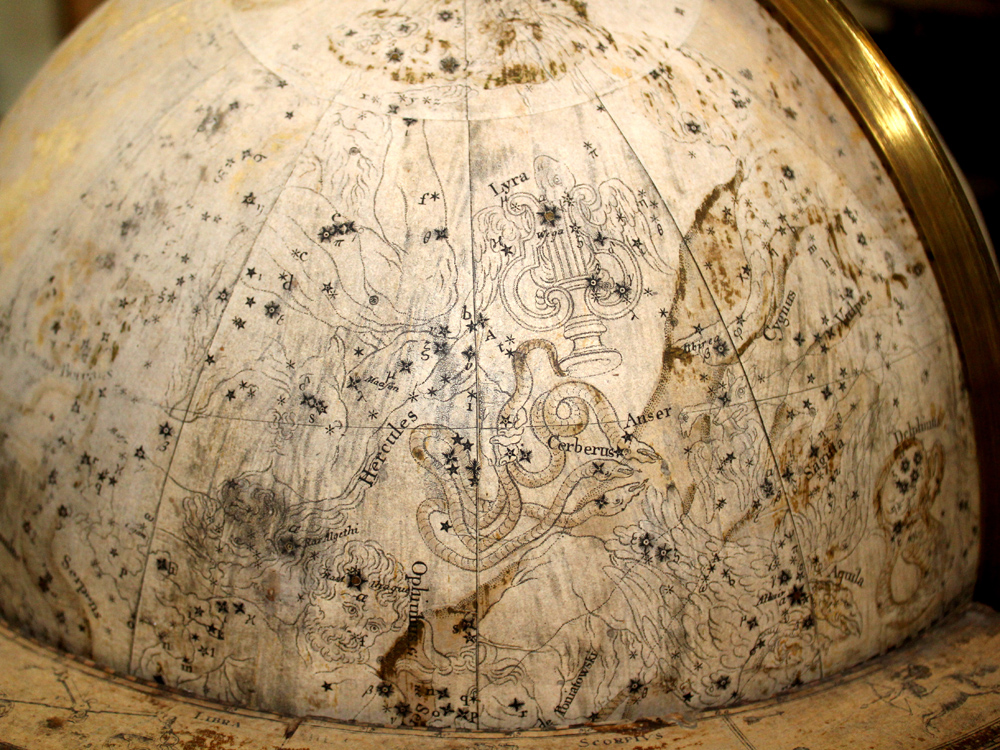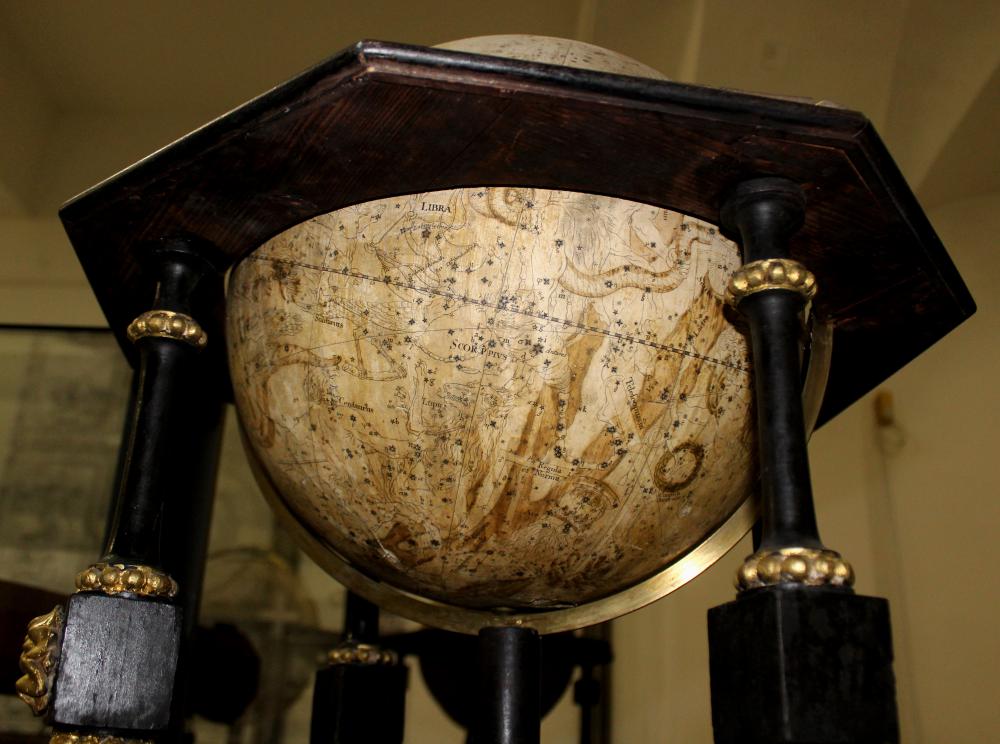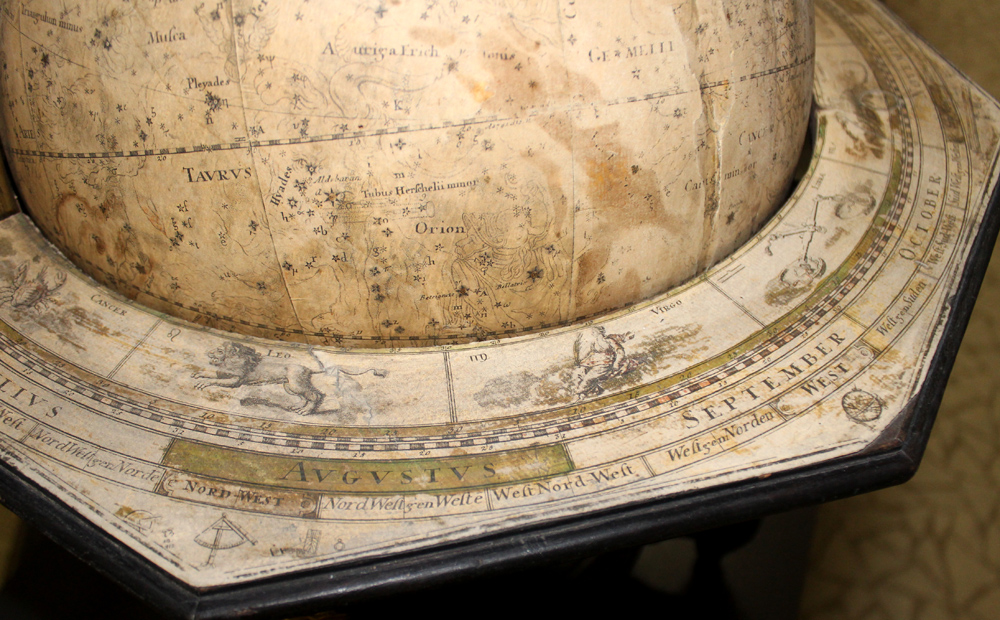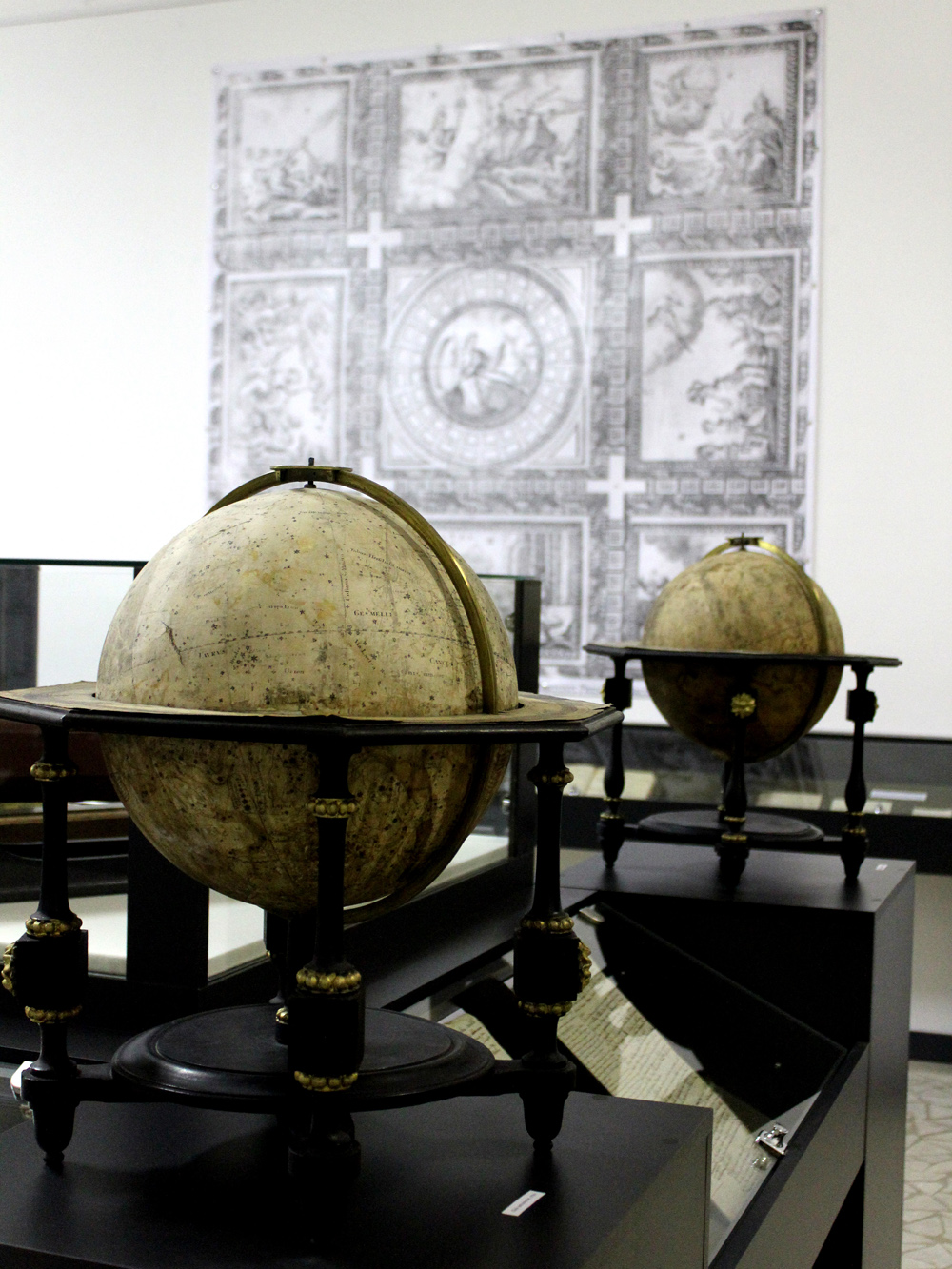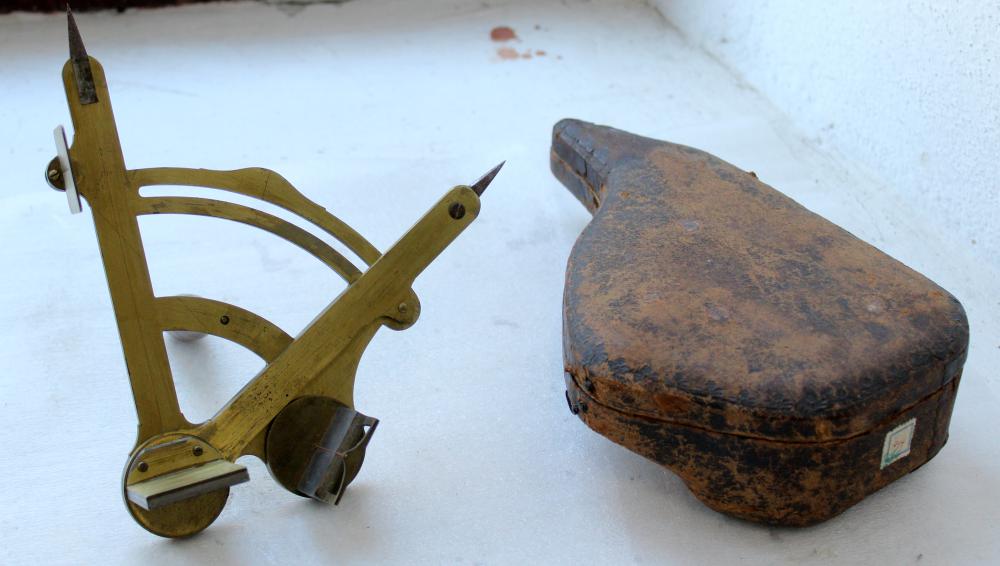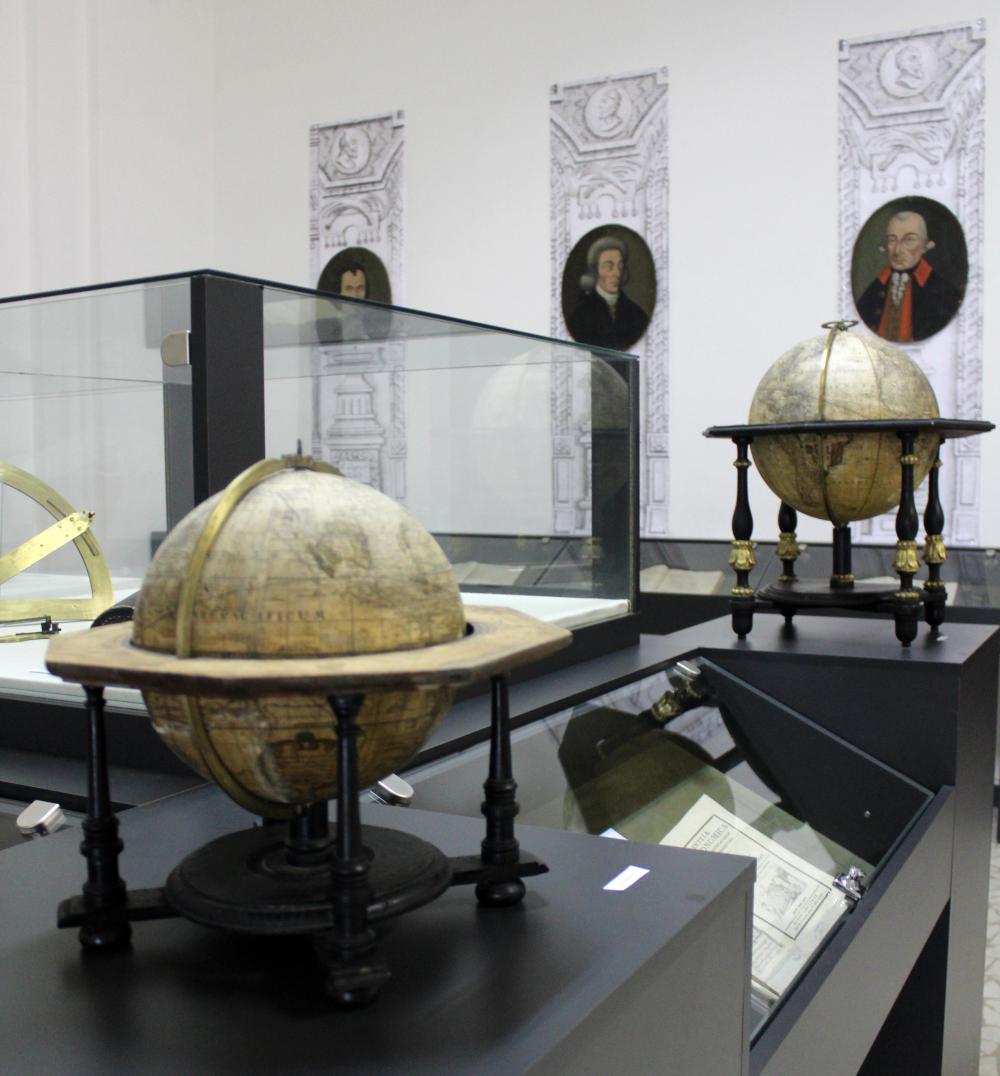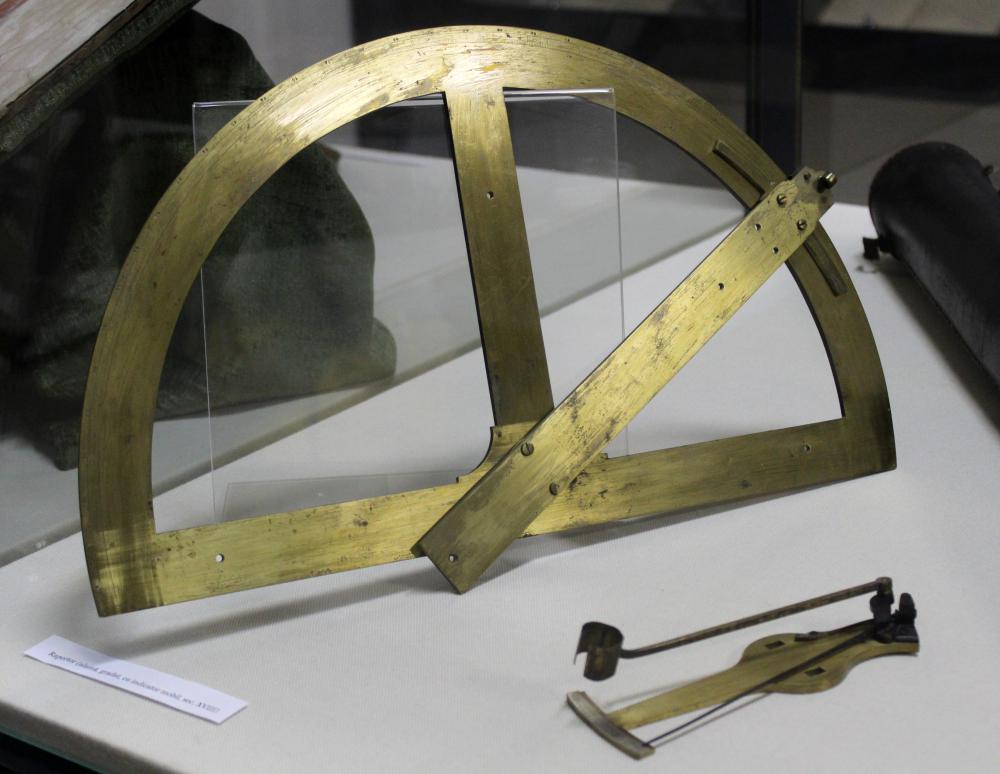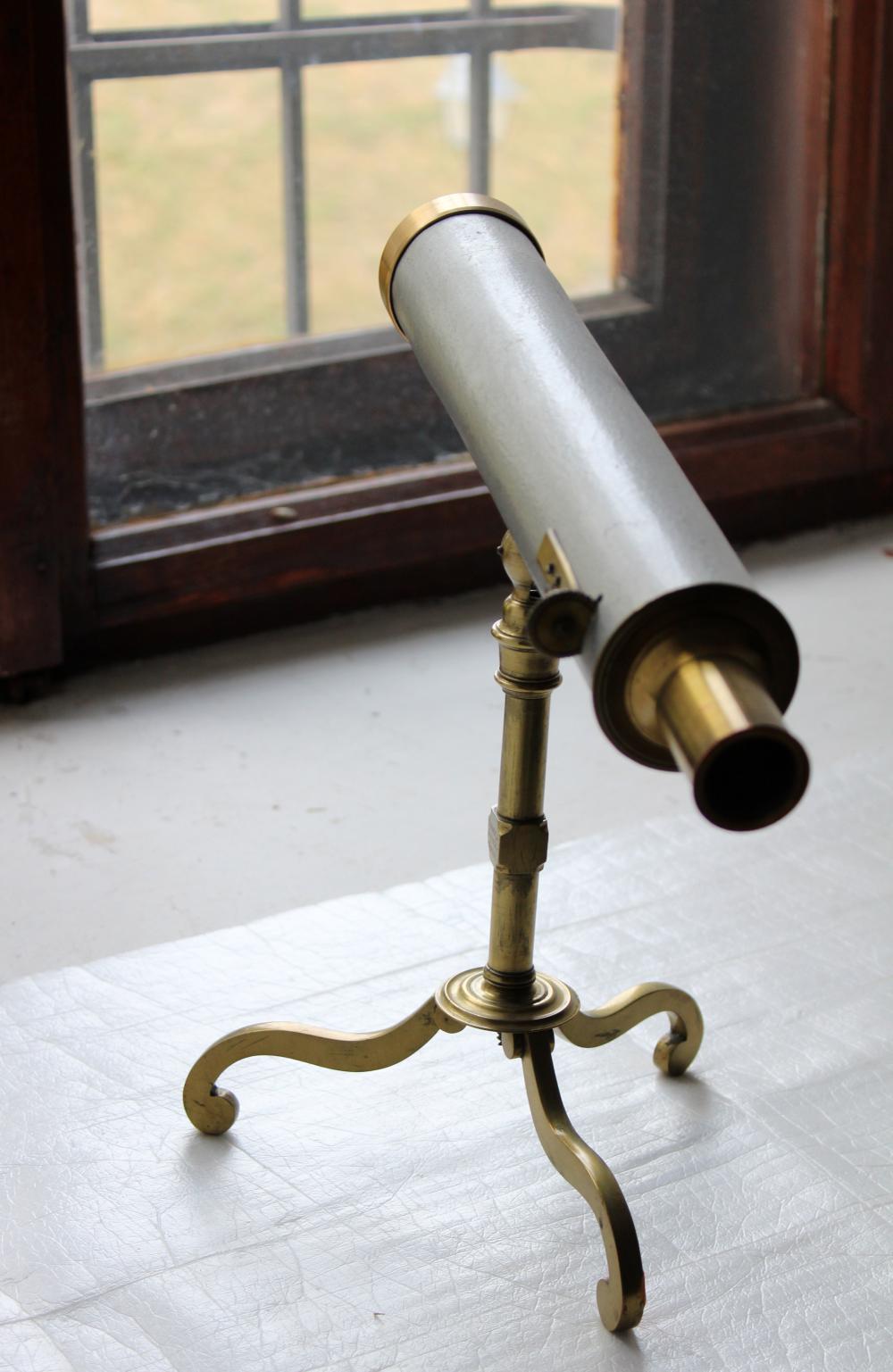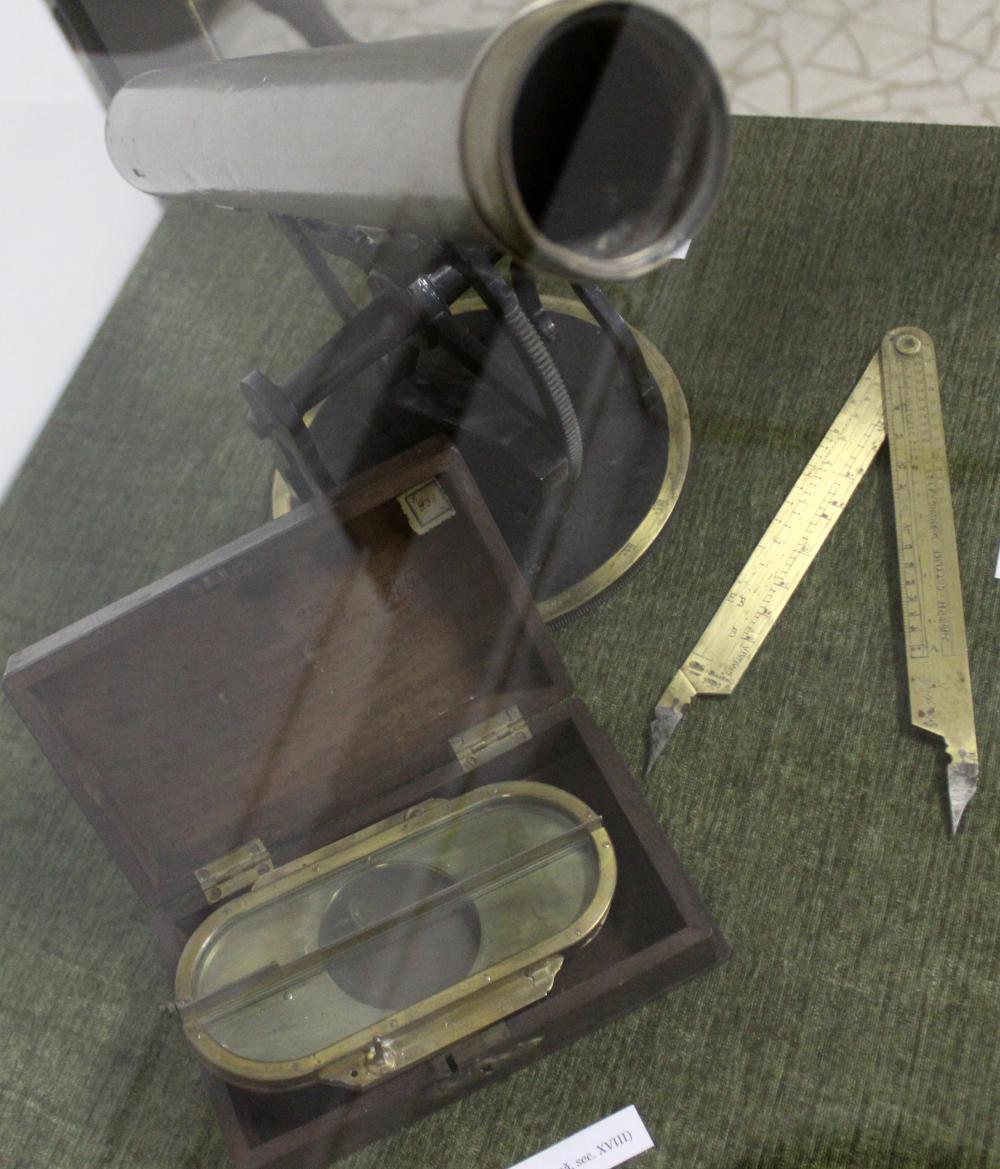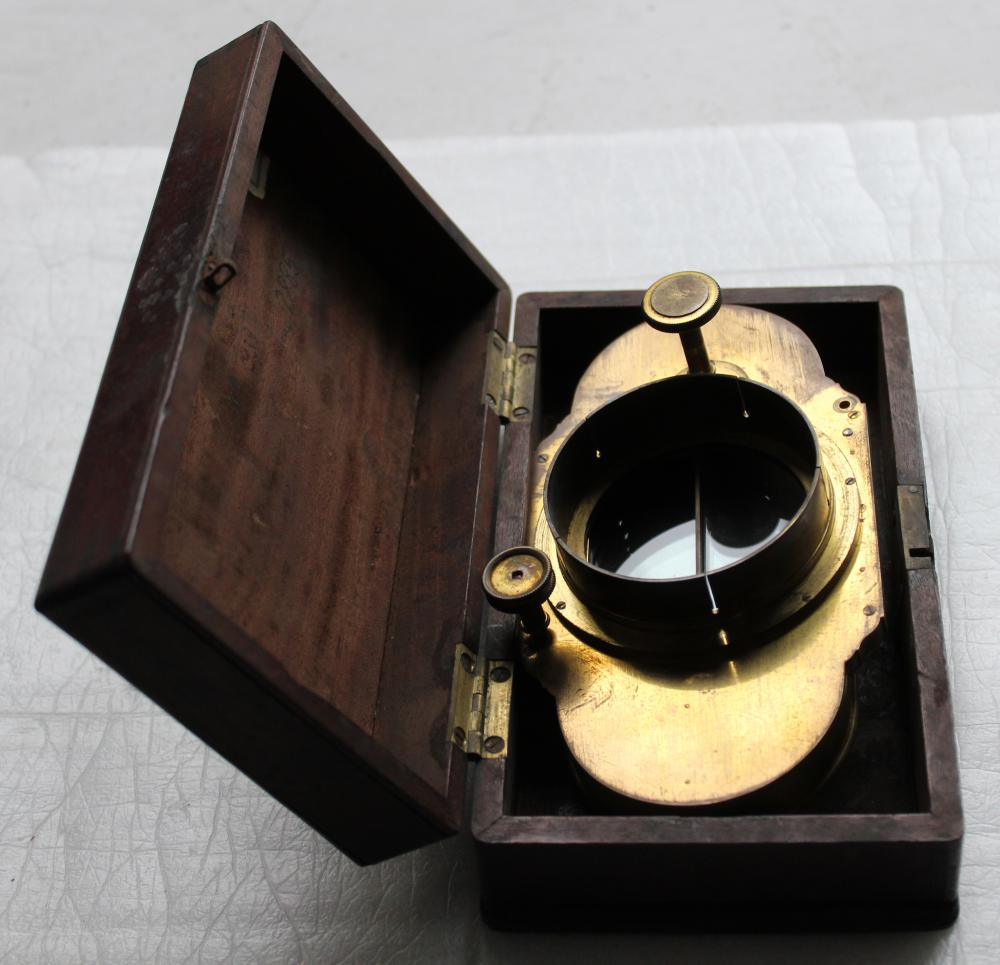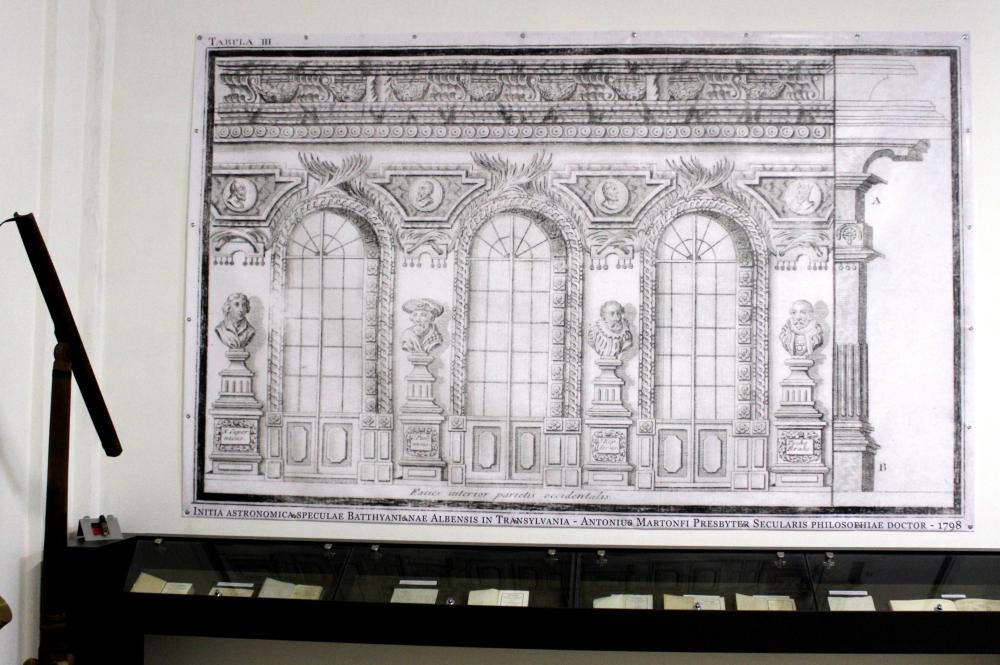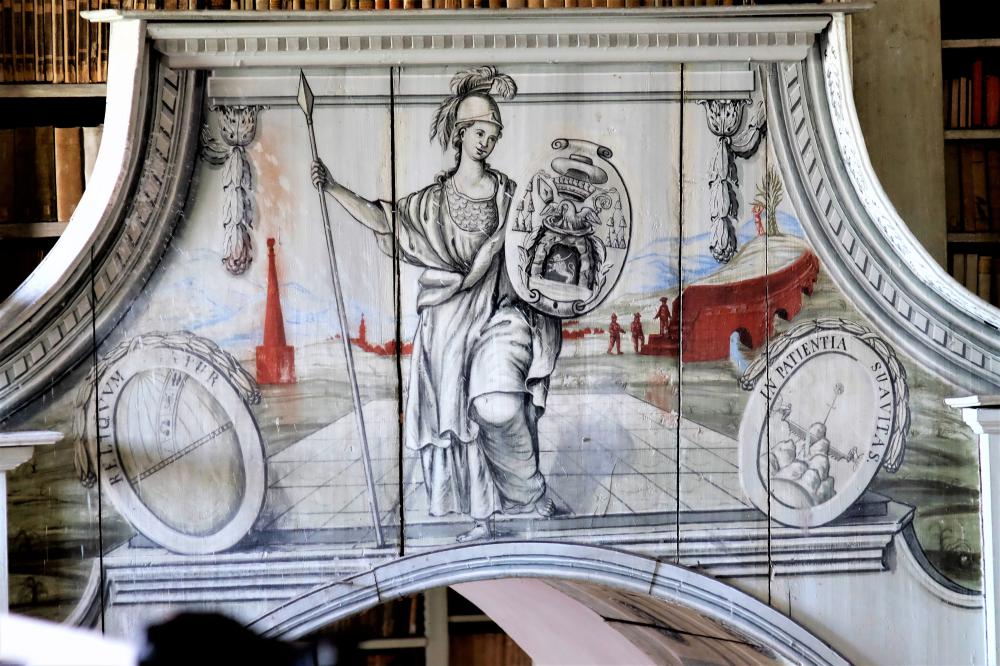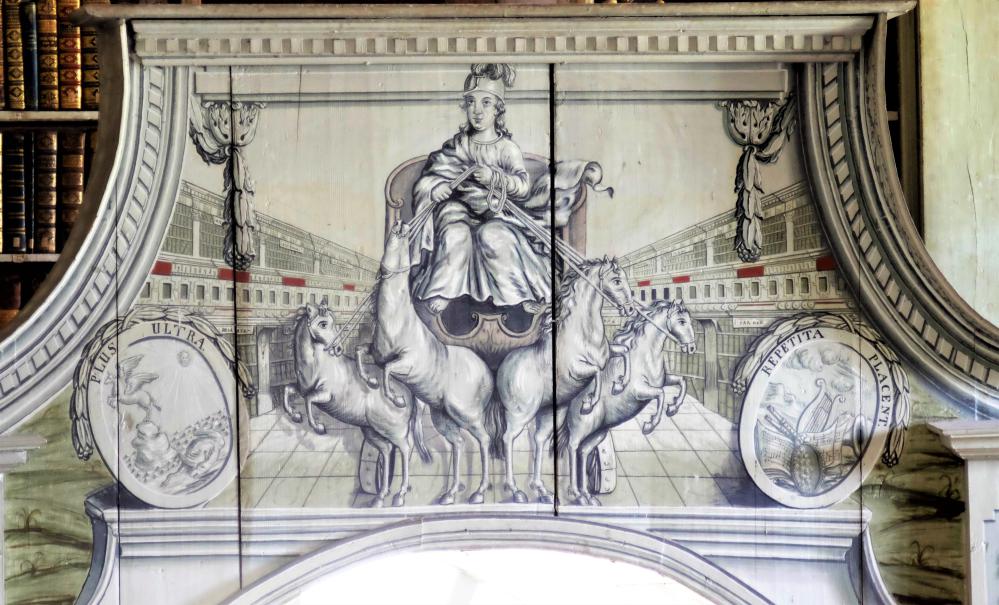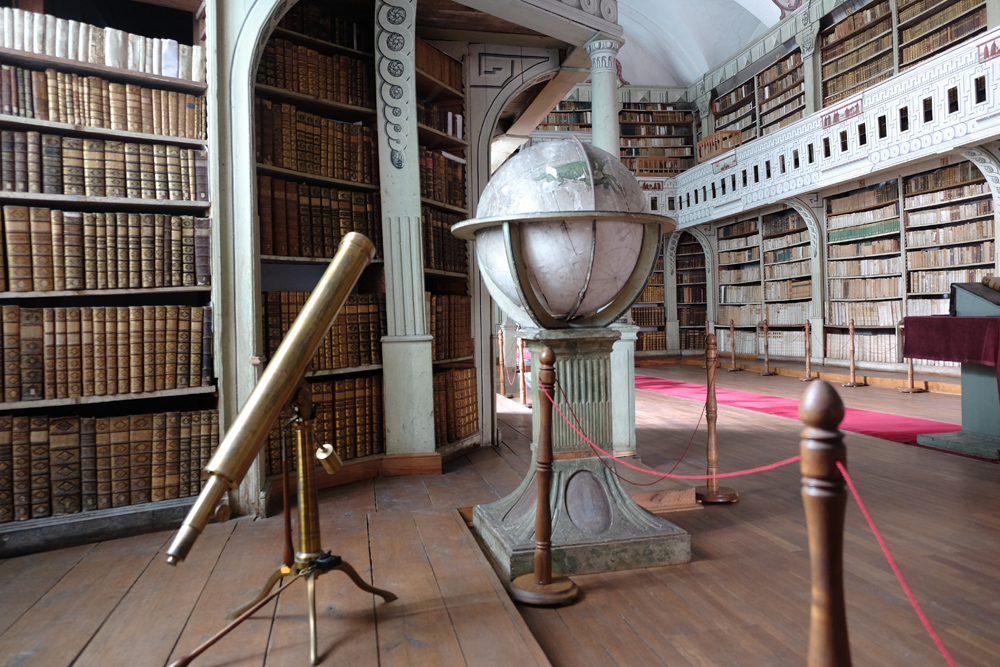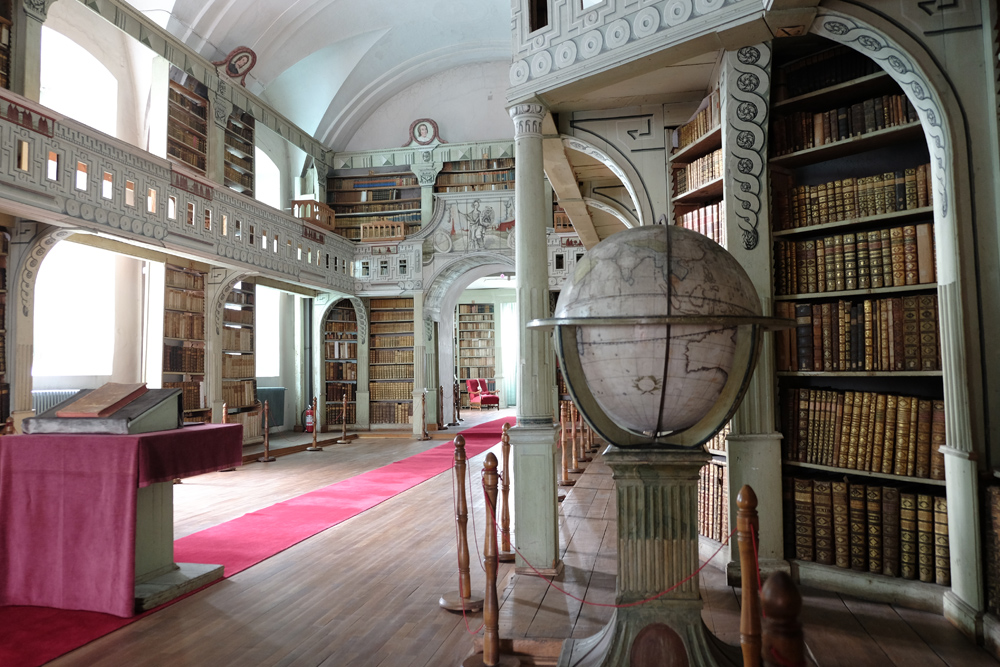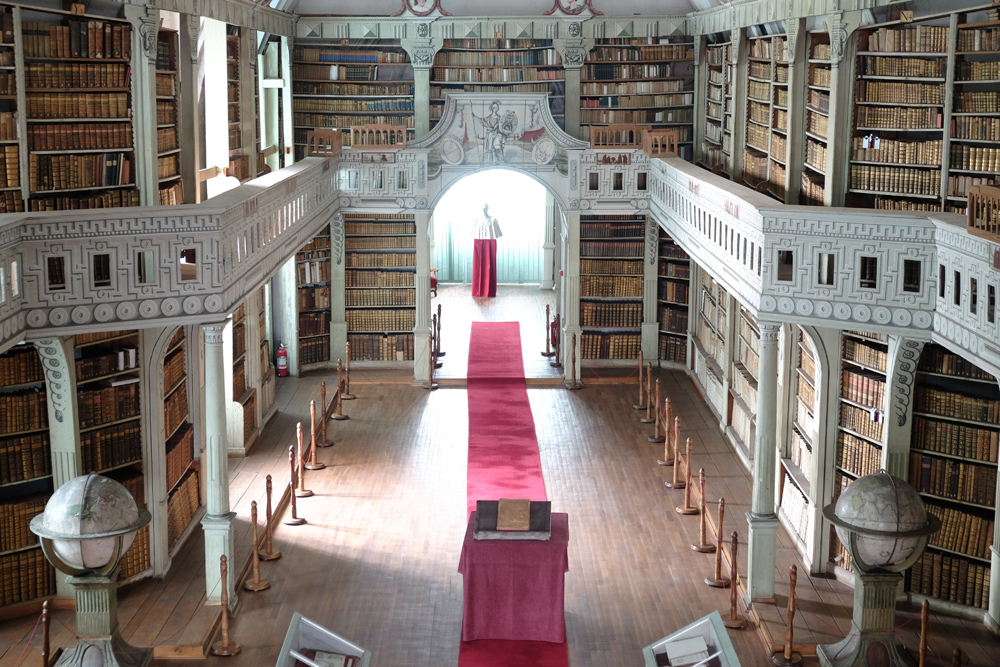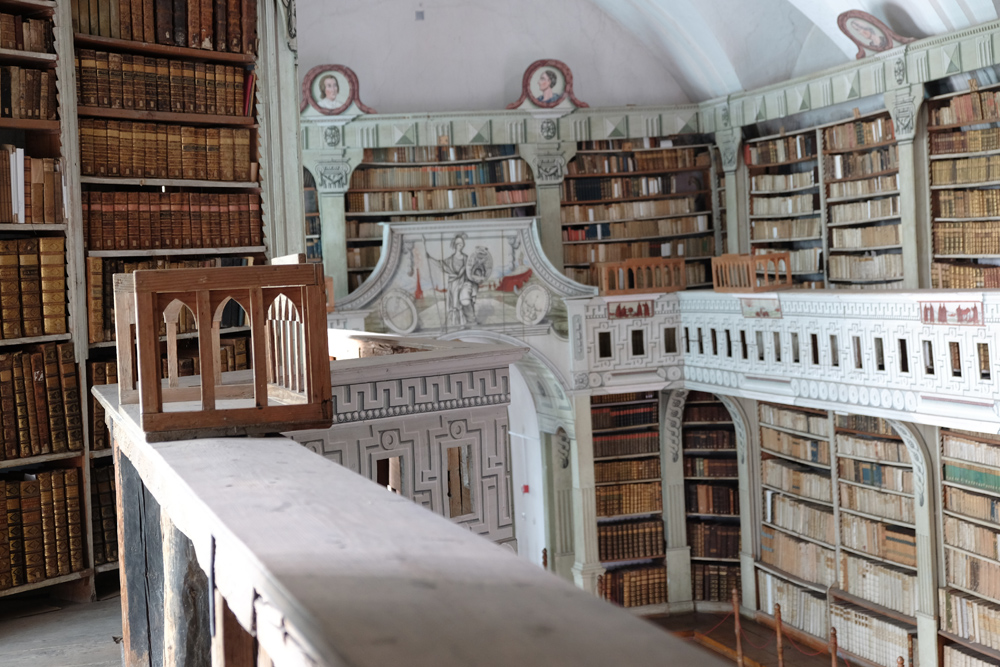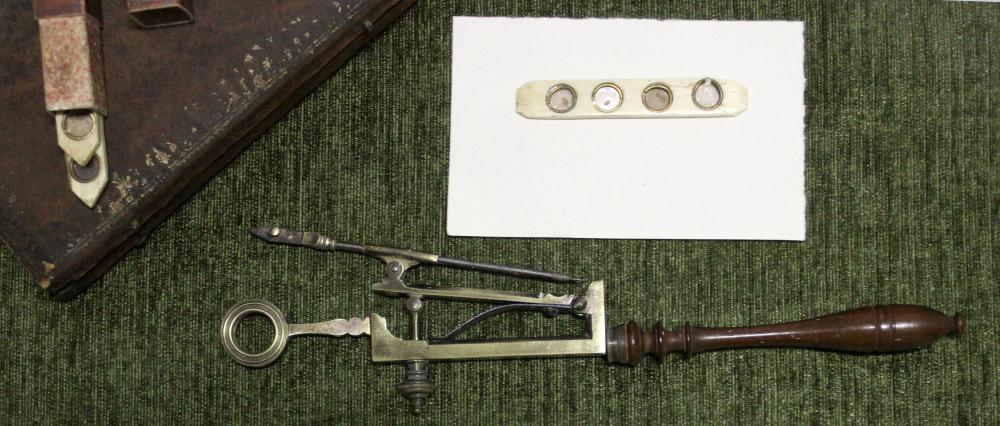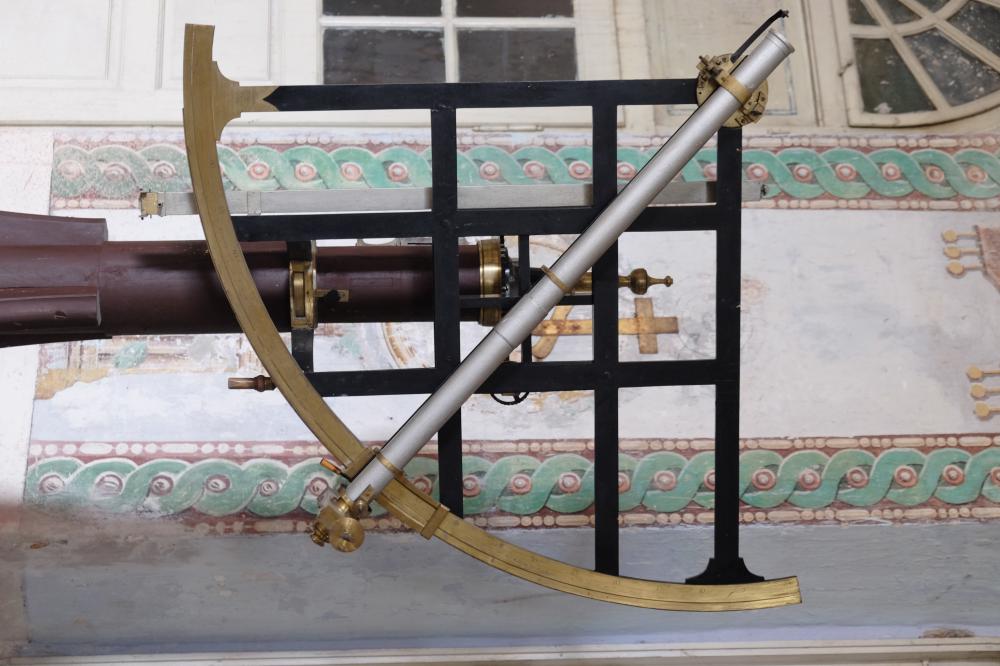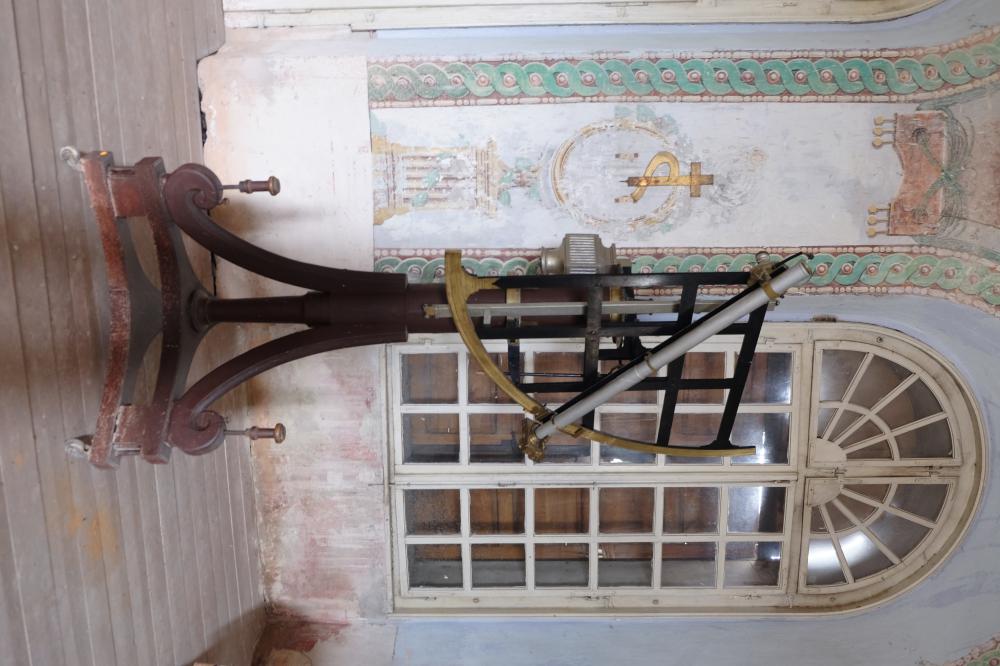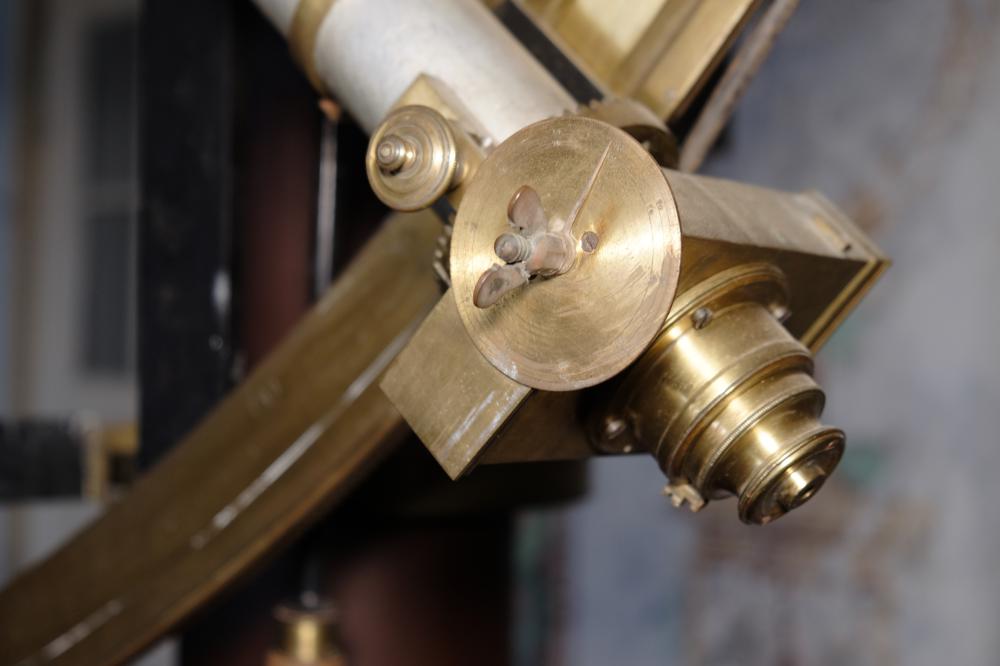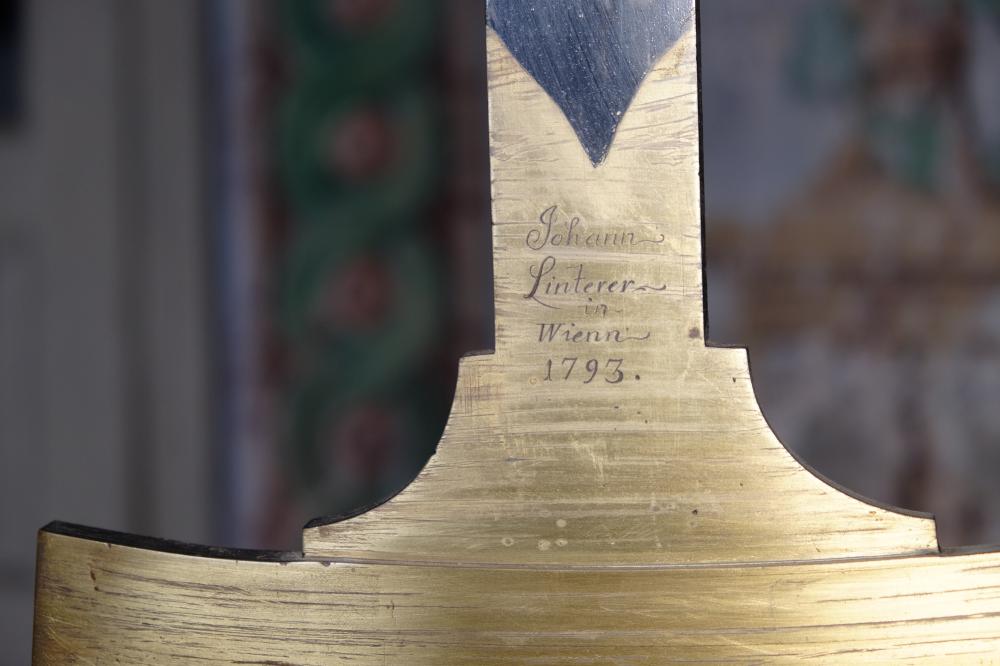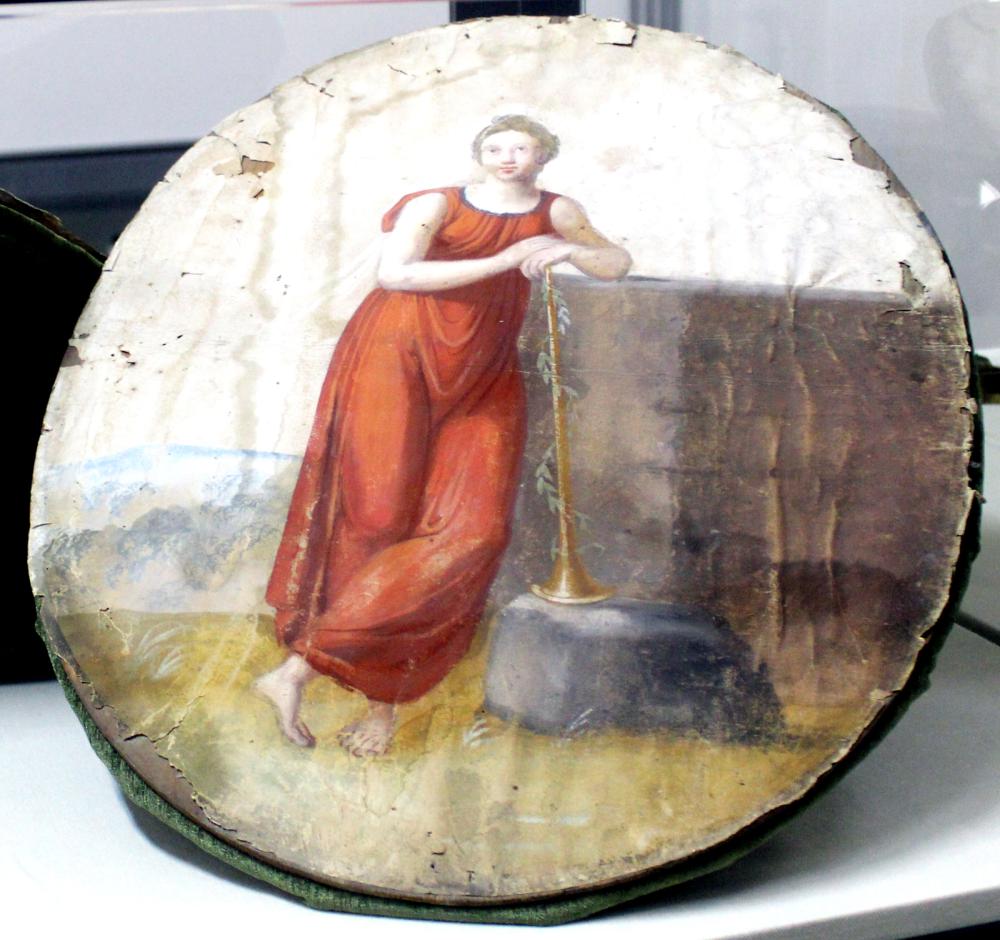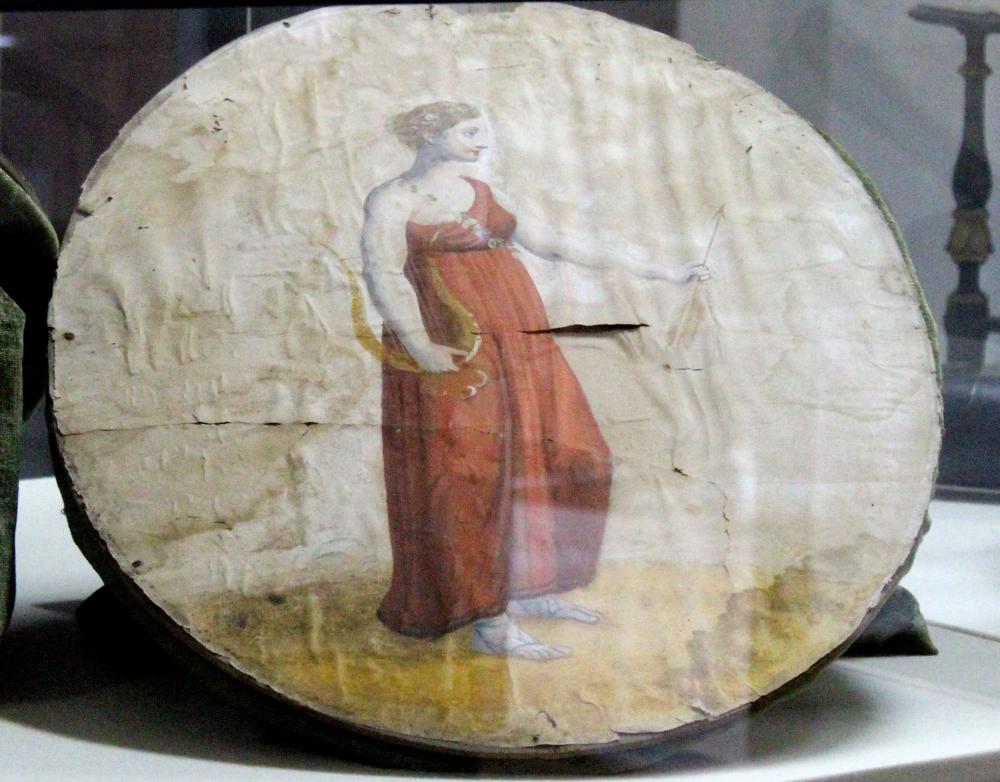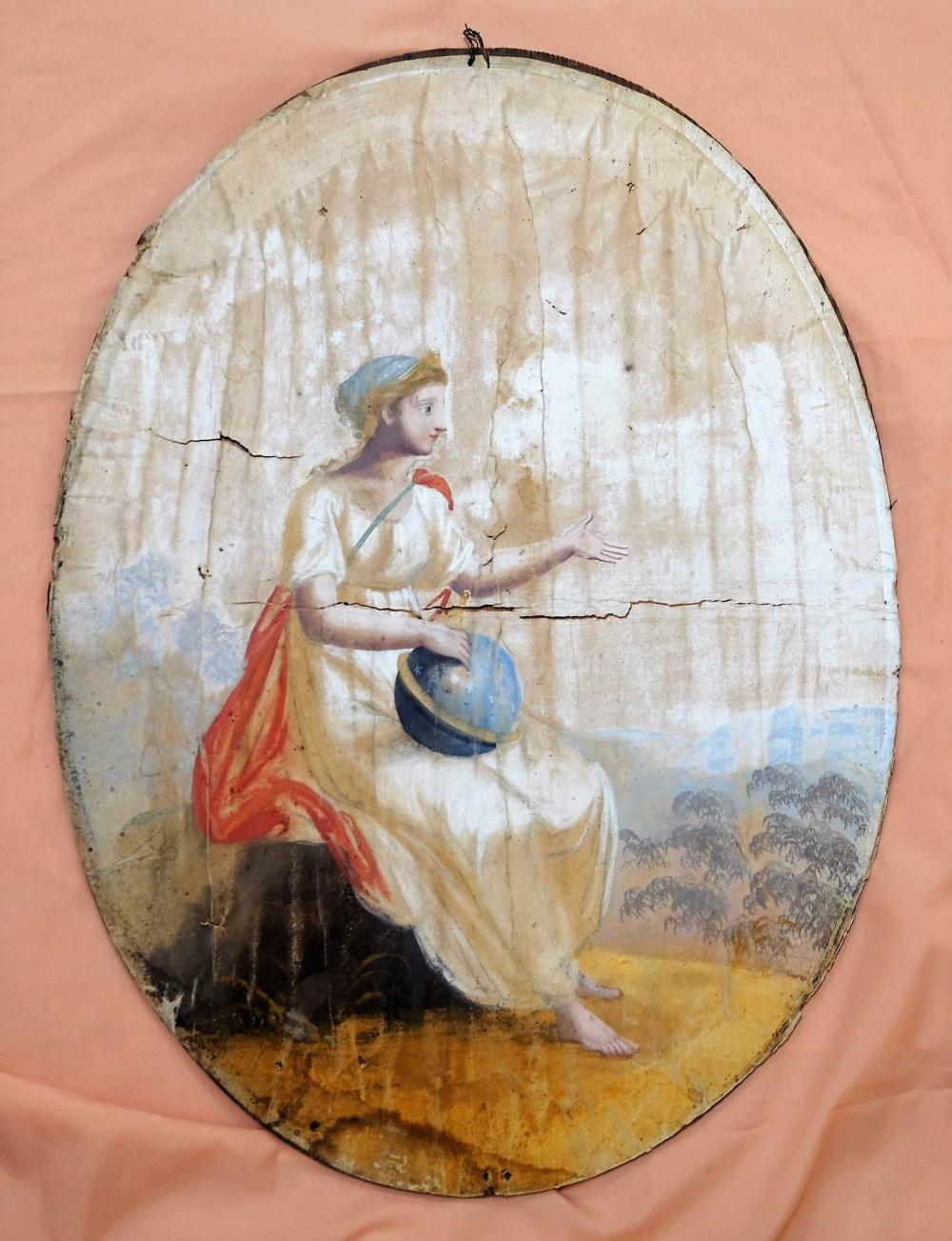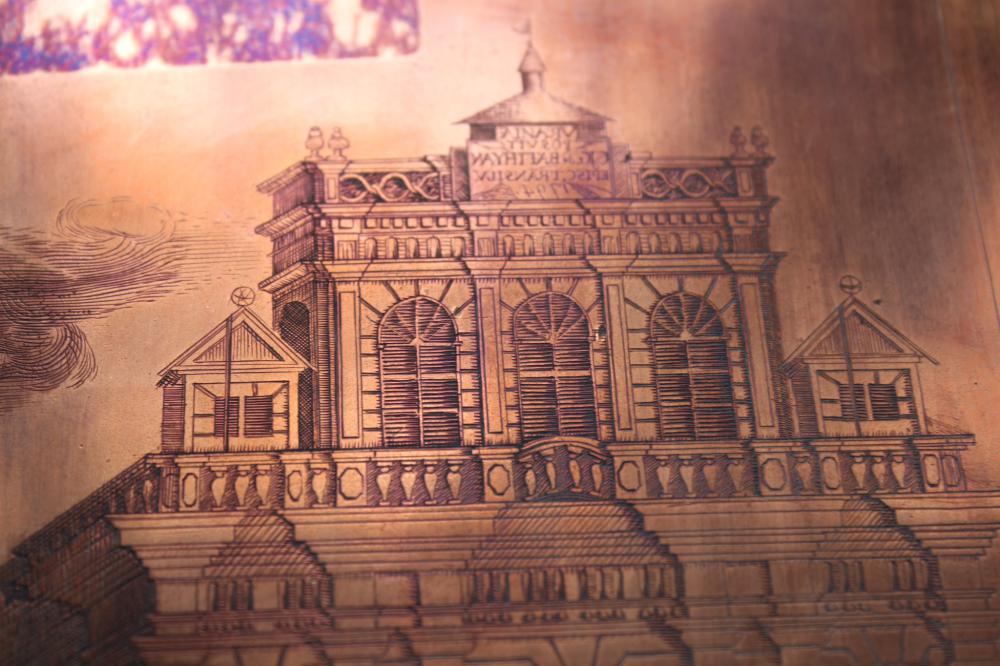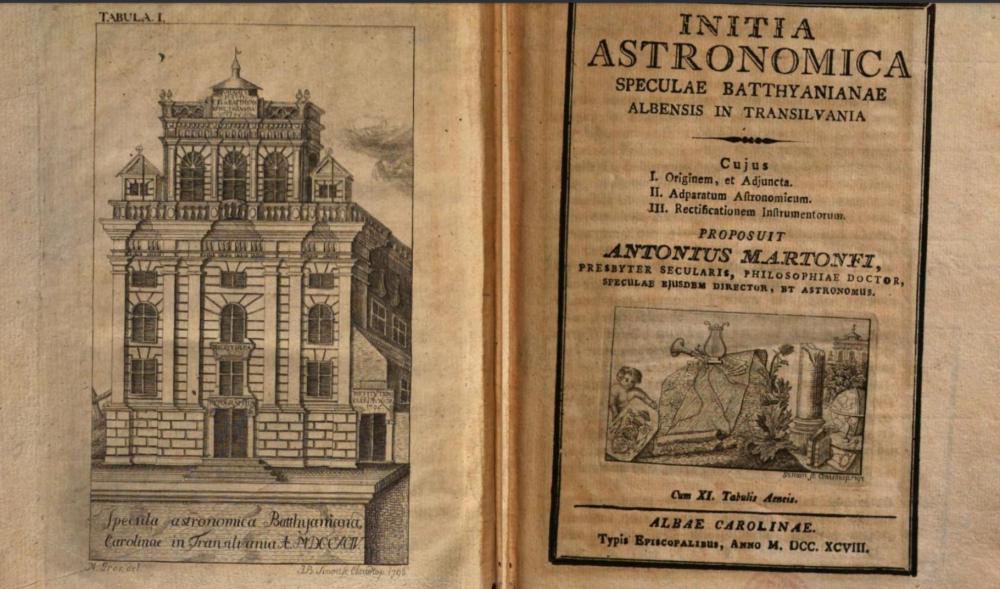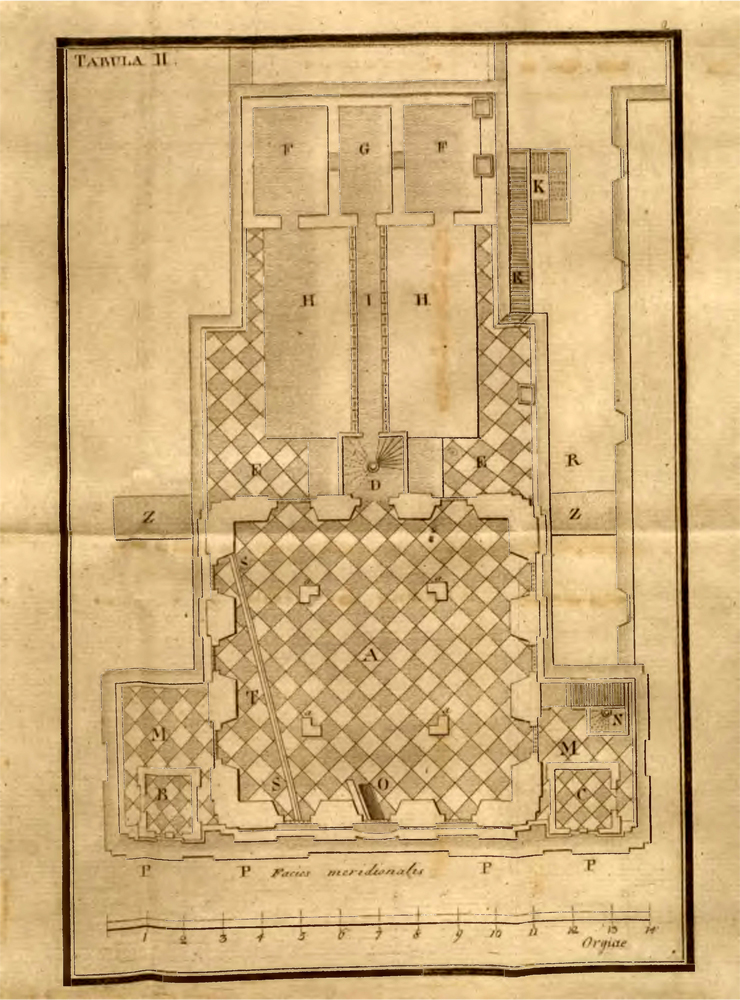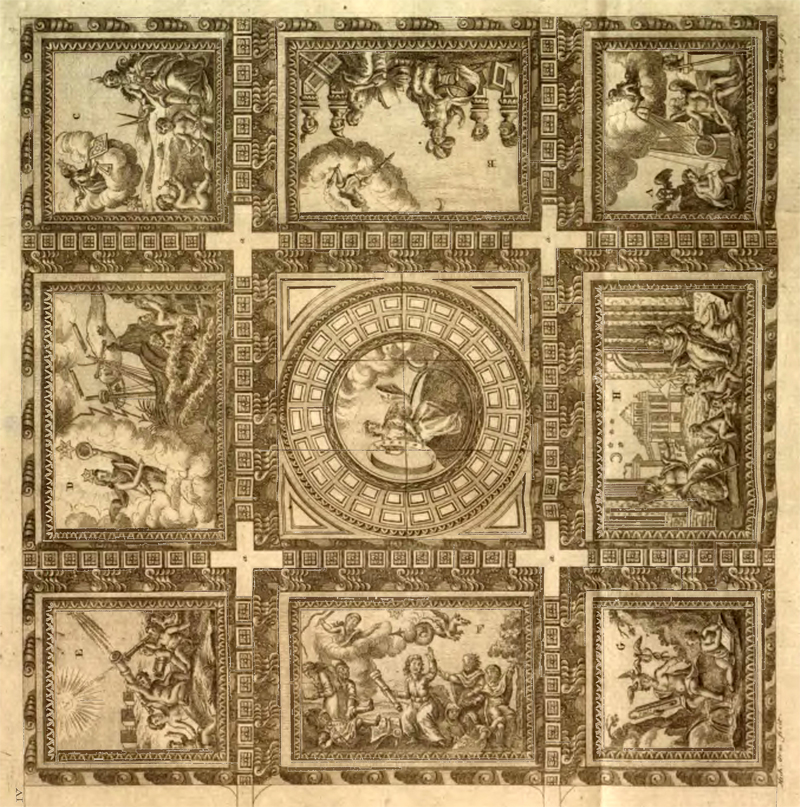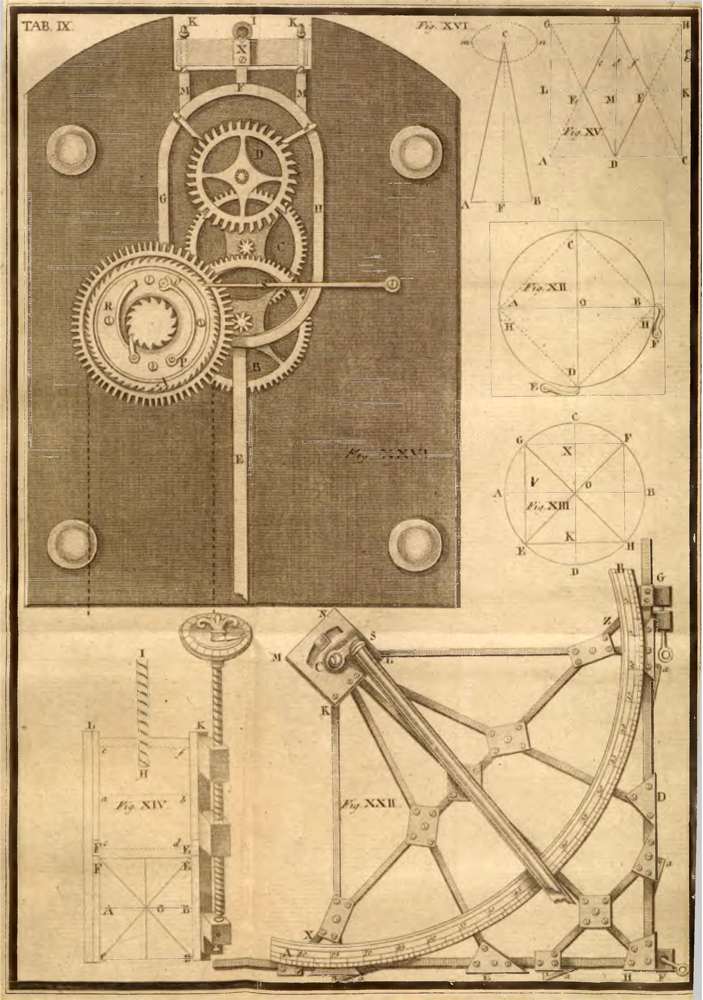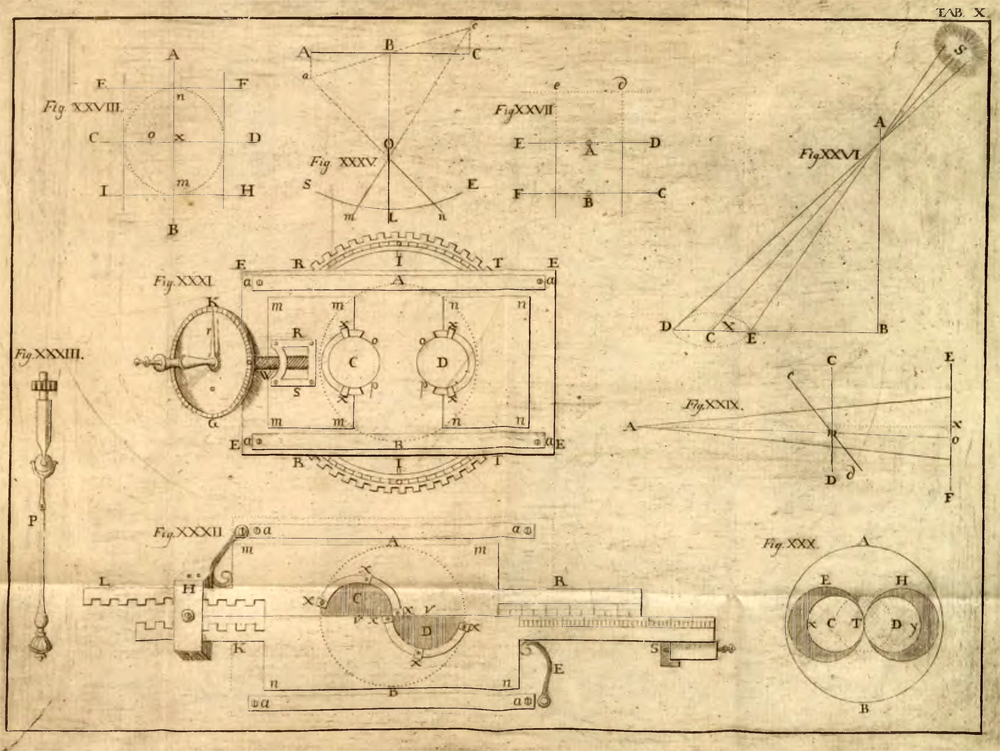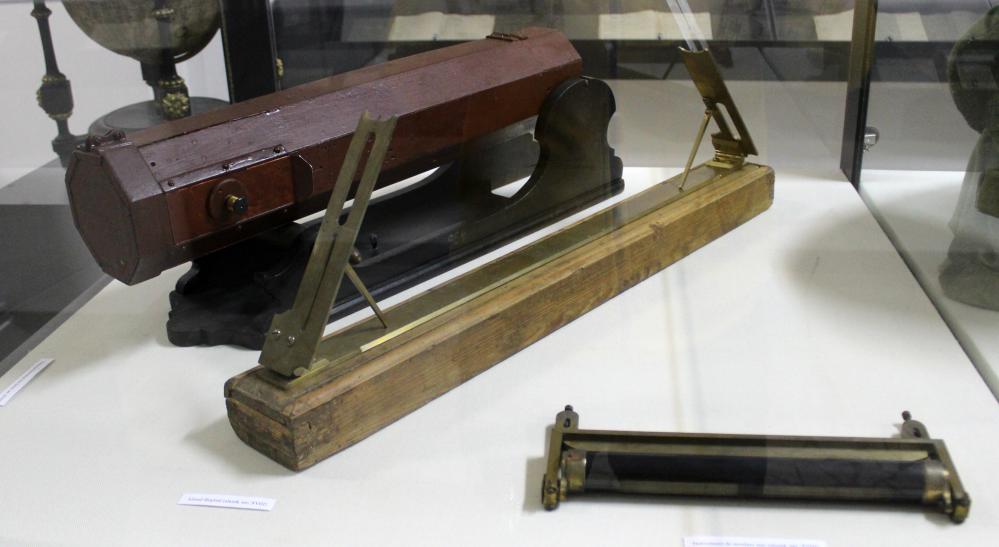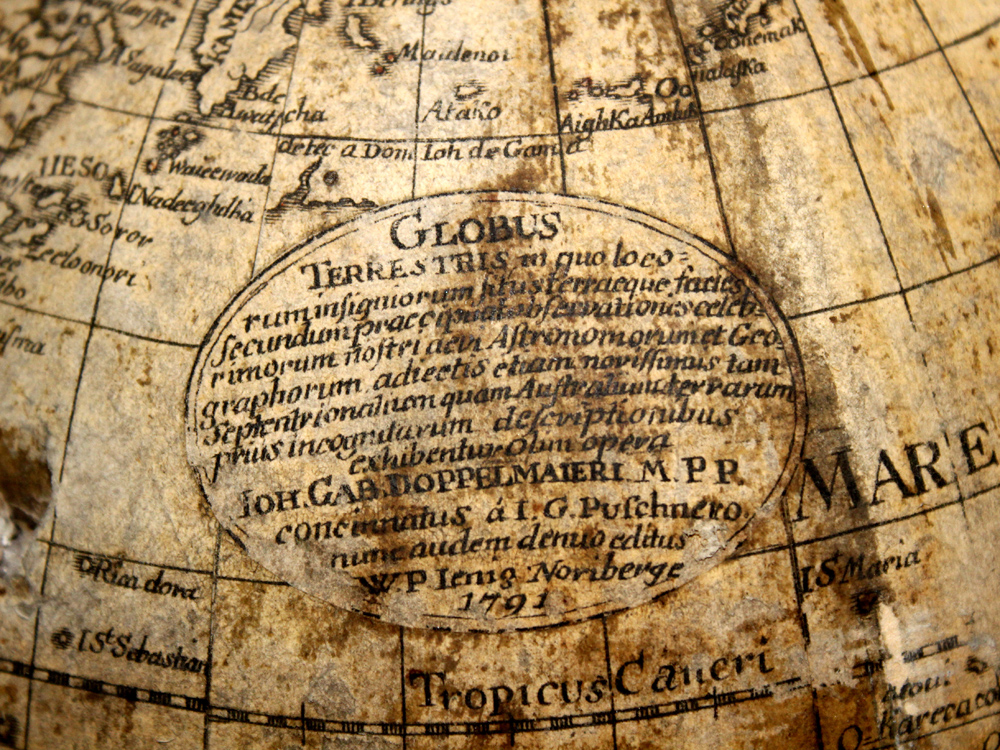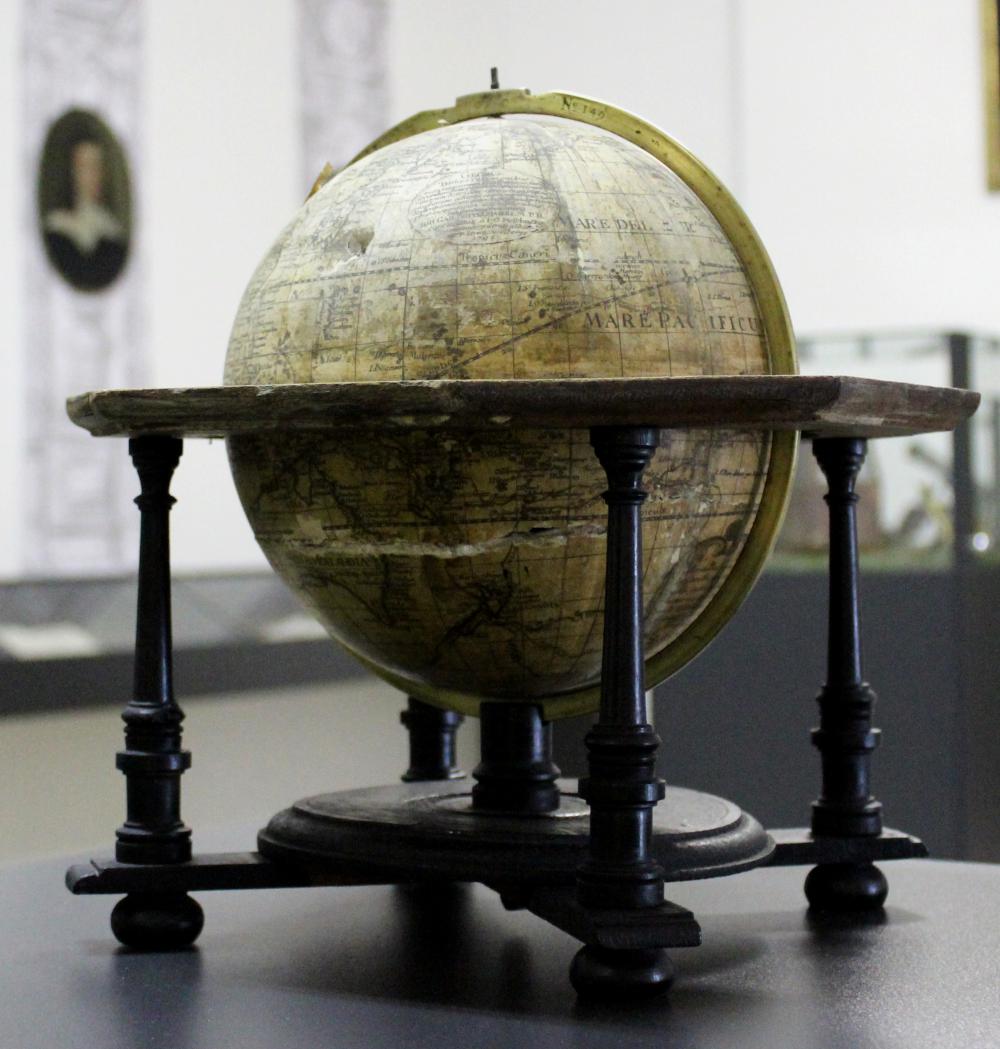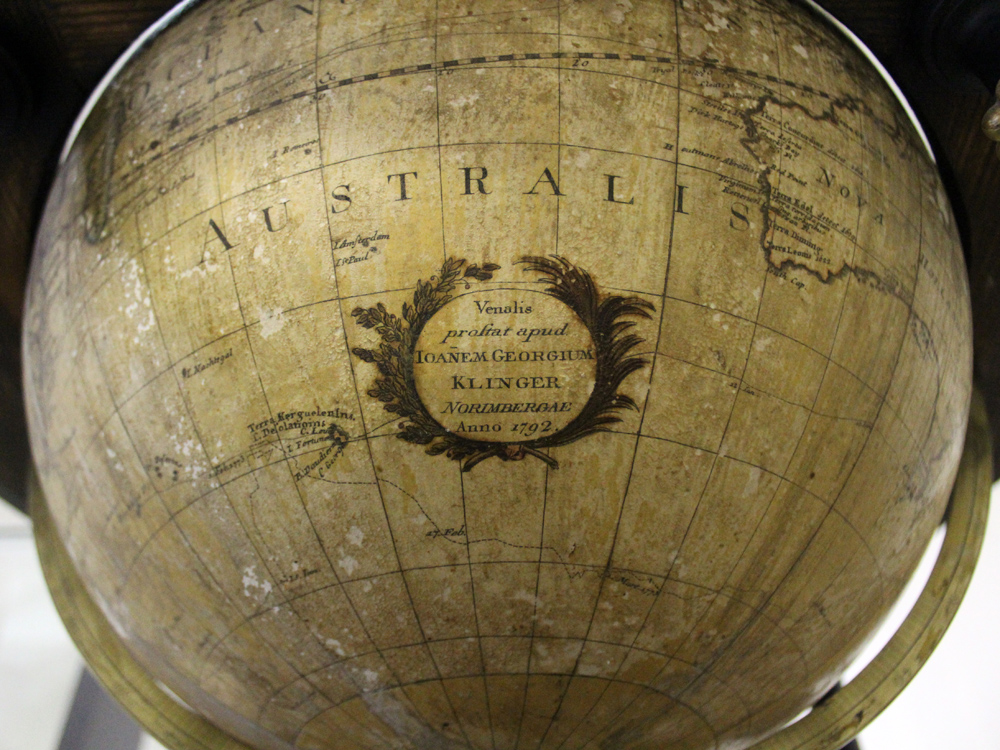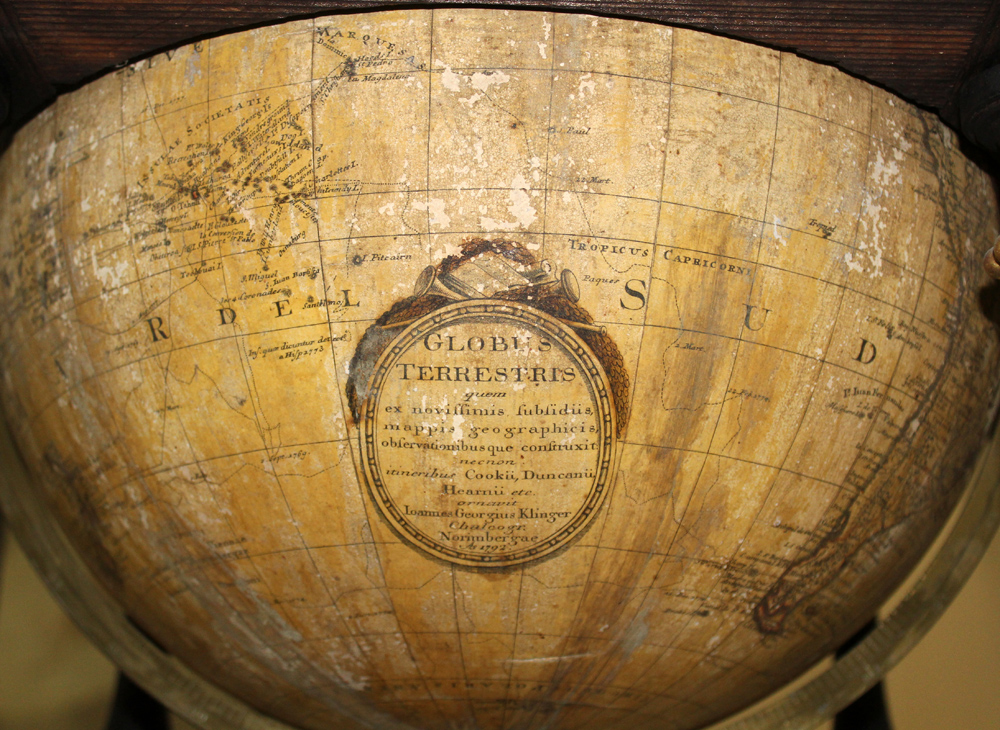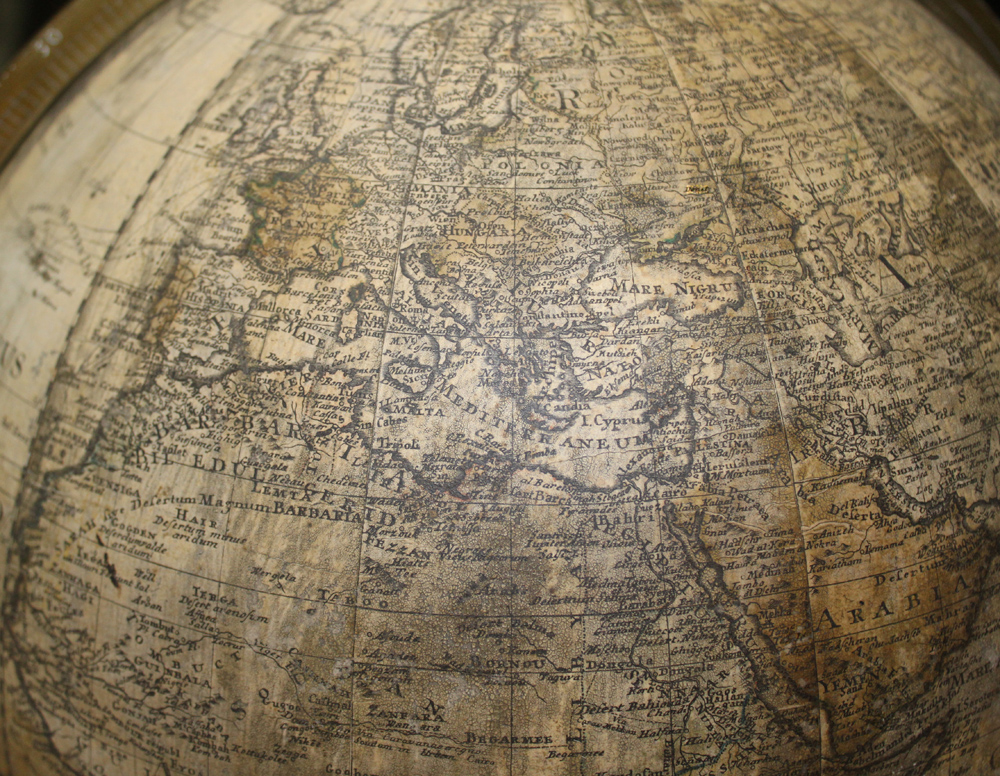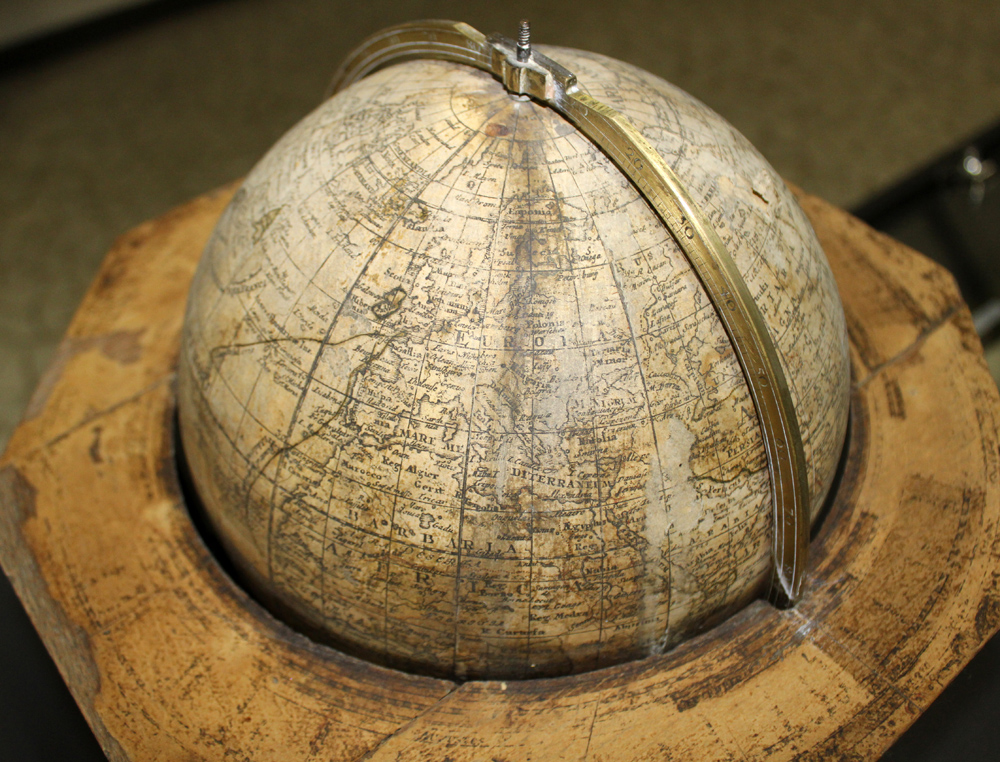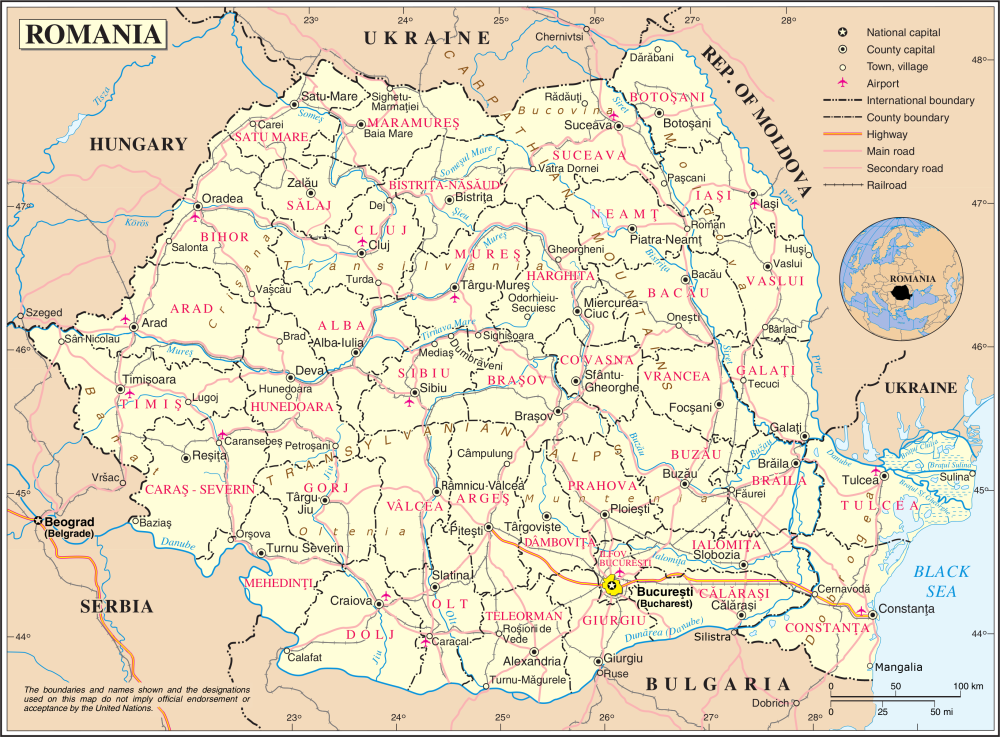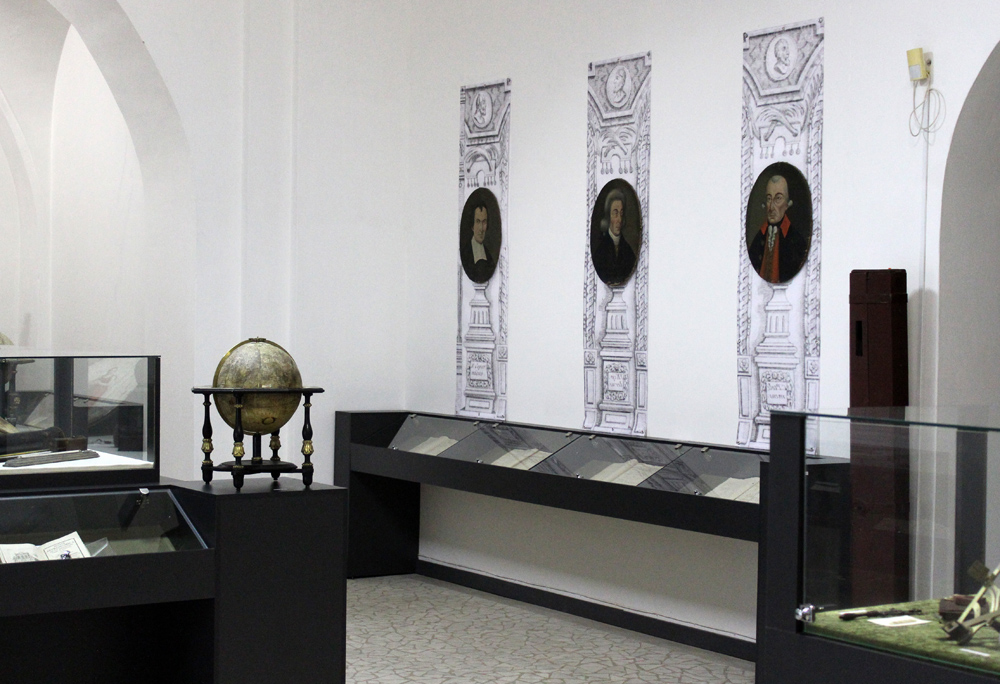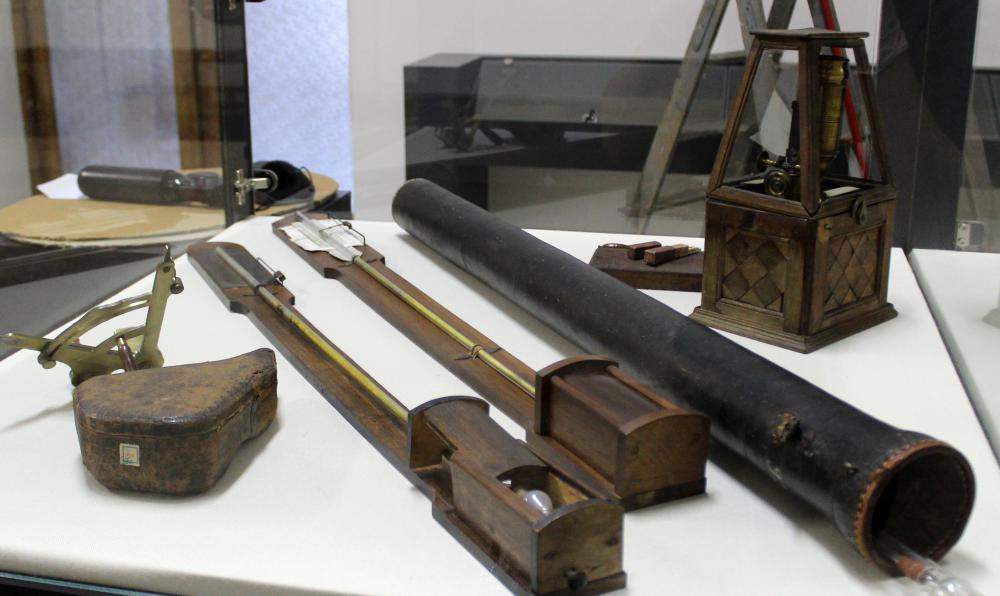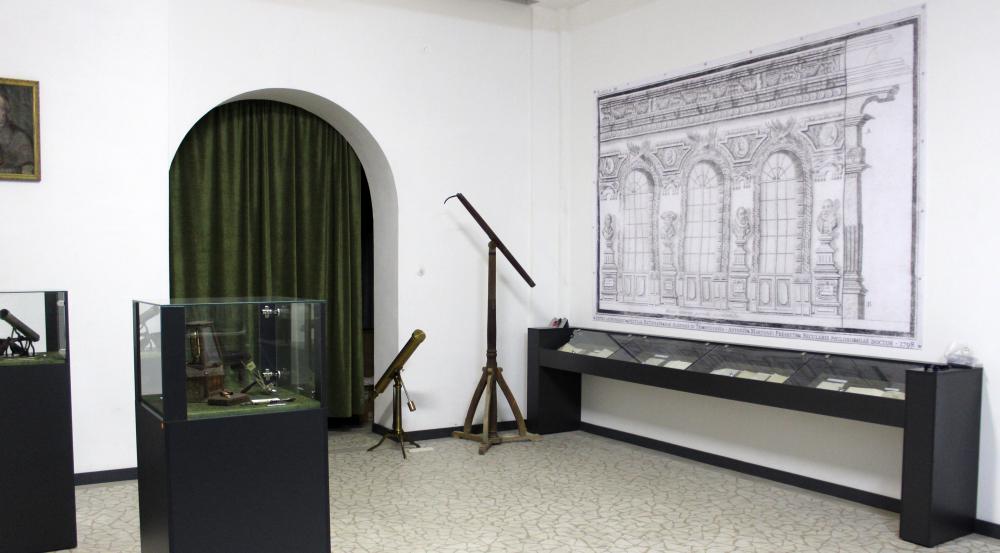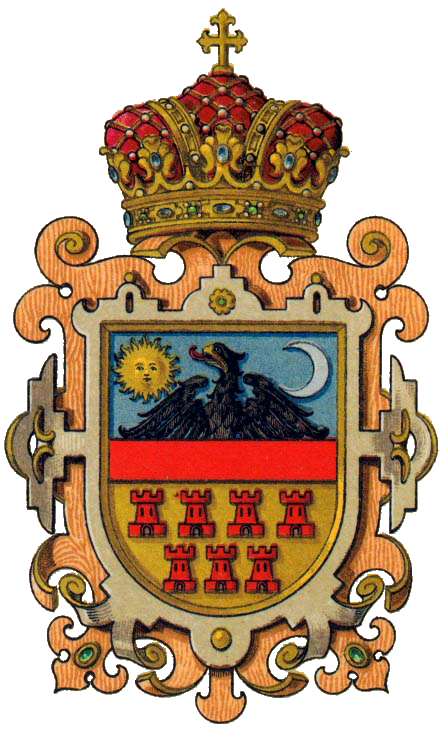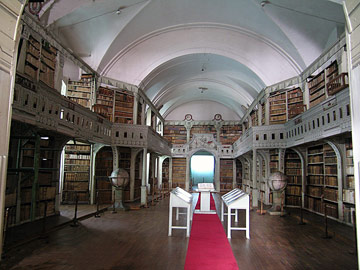
Category of Astronomical Heritage: tangible immovable
Specula Batthyaniana, Alba Iulia, Transylvania, Romania

Description
Geographical position
Specula Batthyaniana, Alba Iulia (German: Weißenburg / Karlsburg in Siebenbürgen -- Hungarian: Gyulaféhérvar) -- Balgrad (the White City), Transylvania, Romania
Location
Latitude 46.070382 N, longitude 23.570736 E. Elevation ...m above mean sea level.
IAU observatory code
--
Description of (scientific/cultural/natural) heritage
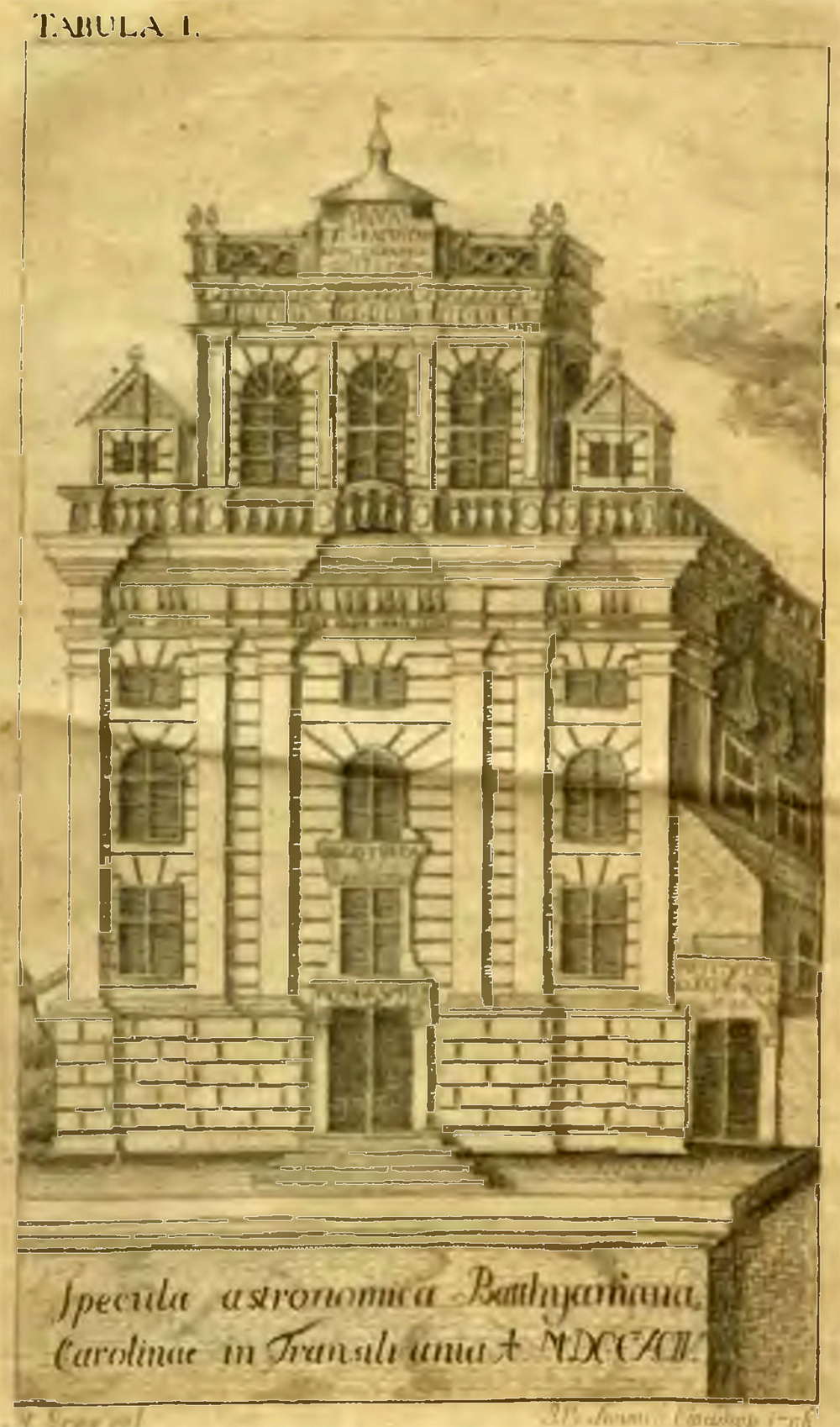
Fig. 1a. Specula Batthyaniana, Alba Iulia, Transylvania, Romania (Mártonfi 1798, Frontispice)
Fig. 1b. Specula Batthyaniana, Alba Iulia, Transylvania, Romania
Alba Iulia in Transylvania became part of the Habsburg Monarchy in 1711, when the construction of the present star shaped fortress began. The town was renamed "Karlsburg" after the builder Charles VI (1685--1740), Holy Roman Emperor from 1711 to 1740.
Ignác (Ignatius, Ignaz) Batthyány (1741--1798), Bishop of Transylvania, was very interested in astronomy, and erected his private observatory in Cluj-Napoca.
The "Batthyneum", originally donated as a monastery, was converted into a multifunctional cultural institution, a Baroque Library with the country’s first observatory, by the Bishop between 1792 and 1798. In addition, he donated a foundation of 38,000 gold Forints for the maintenance of the institute, and organized payment for the permanent position of astronomer-canon (canonicus astronomus).
The interior of the abandoned Trinitarian Church was divided into three floors: a Typographia on the lower floor, a Library on the middle floor, and a Urania, an astronomical observatory, in the upper storey. The collection of the Library of more than 60,000 documents and far more than 11,000 manuscripts, incunabula and rare books from the 13th-18th centuries has been preserved to this day.
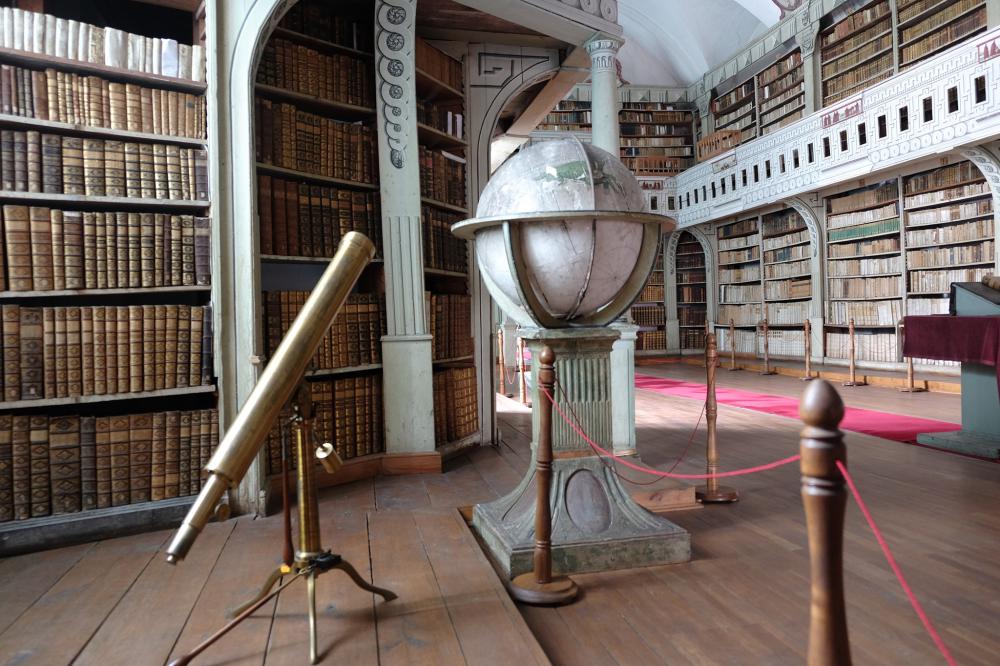
Fig. 2a. Biblioteca Batthyaneum, Alba Iulia
Fig. 2b. Biblioteca Batthyaneum, Alba Iulia
Astronomy experienced one of its golden periods in the second half of the 18th century and was perhaps considered one of the most international sciences of its time. Its leading figure, the Hungarian-born Viennese Jesuit Maximilian Hell (1720--1792), helped to establish several observatories in Hungary.
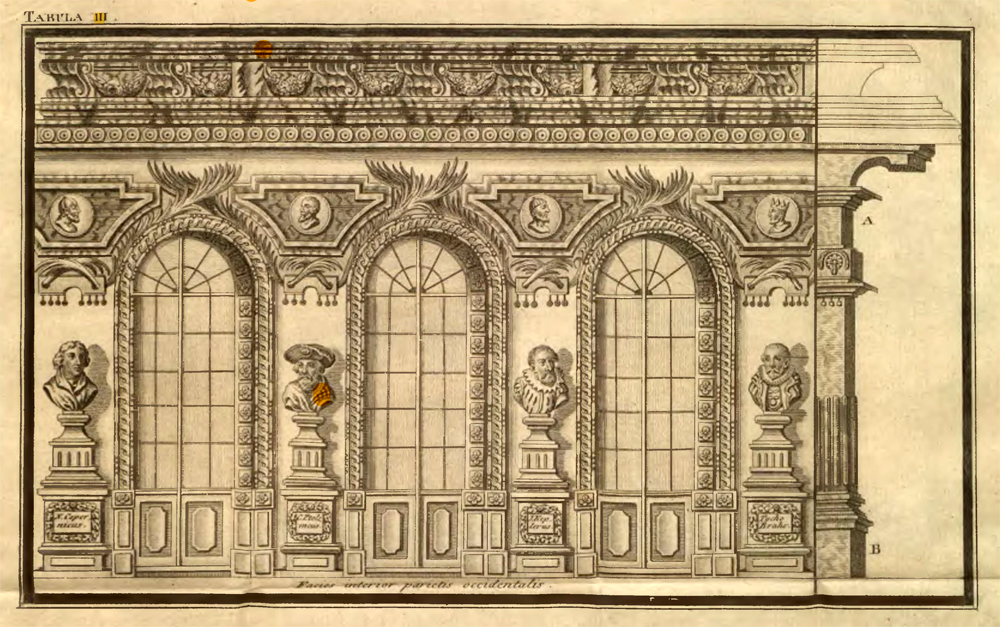
Fig. 3. Specula Batthyaniana with portraits of Copernicus, Ptolemaios, Kepler, Tycho Brahe, Alba Iulia (Mártonfi 1798, Tab-III)
Her contemporary expertise is preserved in Karlsburg not only the first yearbook of the observatory, but also the still preserved, the representative late Baroque interior of the observatory. Its side walls are adorned with a portrait gallery of sixteen outstanding astronomical science in painted oval portraits in painted oval portraits. Besides Ptolemy, Copernicus, Kepler, Tycho Brahe and Maximilian Hell, there are also portraits of two contemporaries who were still alive at the time, that of Franz de Paula von Triesnecker, who had headed the observatory at University of Vienna, as well as that of Gottfried van Swieten. This modern self-image of astronomy as a science shows that the astronomers in Karlsburg follow the greatest ancestors of astronomy. It was still planned to show the the charitable influence of astronomy on the progress of influence of astronomy on the progress of mankind.
The main activities of the observatory were time keeping, meteorology, and astronomical surveying.
The Astronomical Observatory in Alba Iulia was in use until 1860.
History
The Astronomical Observatory in Alba Iulia was built on the last floor of the former Trinitarian church, and was equipped with instruments brought from Vienna. Mártonfi, Antal (1750--1799), Jesuit and first director of the Batthyány Observatory, provides in his book Initia astronomica speculae Batthyanianae Albensis in Transylvania (1798) a complete list of his instruments. He studied astronomy with Maximilian (Miksa) Hell (1720--1792) in Vienna between 1788 and 1792 at the expense of Transylvanian bishop Ignác Batthyány.
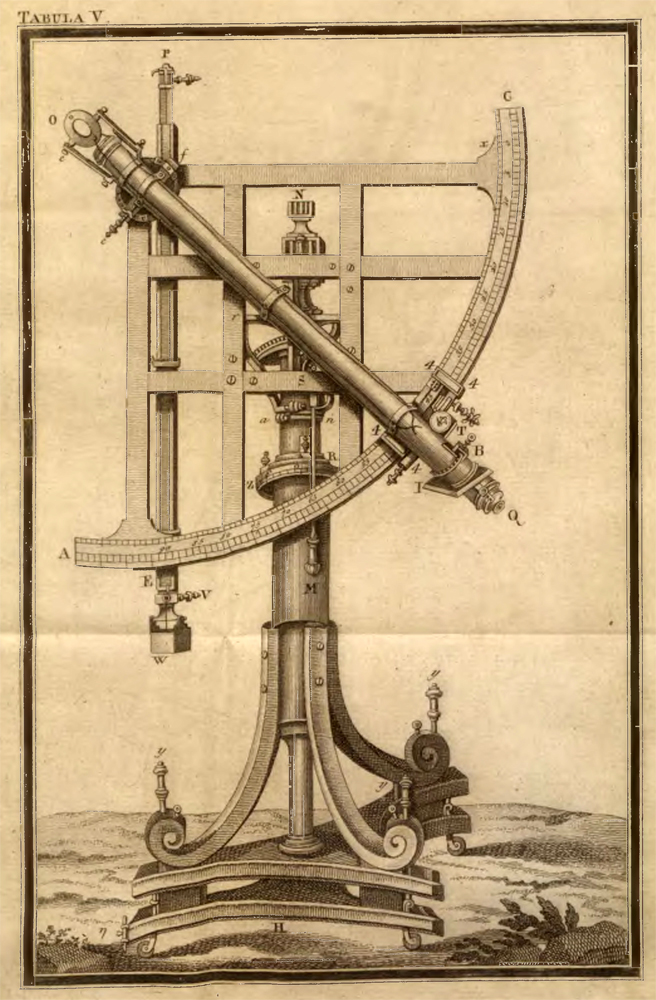
Fig. 4a. Moveable Quadrant, Specula Batthyaniana, Alba Iulia (Mártonfi 1798, Tab-V)
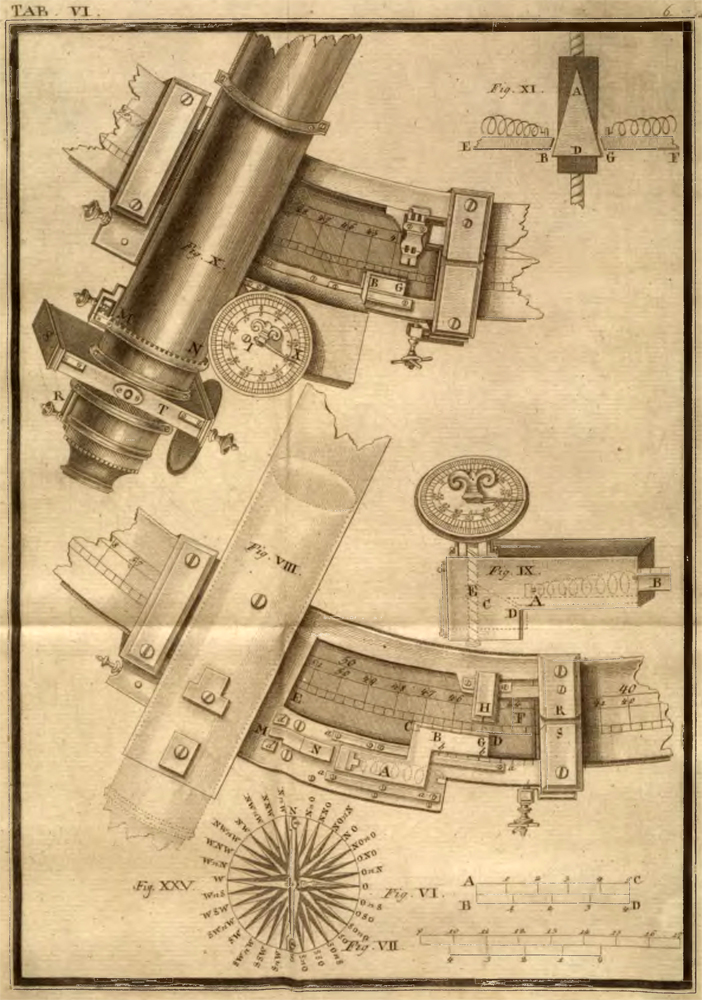
Fig. 4b. Reading of the Moveable Quadrant, Specula Batthyaniana, Alba Iulia (Mártonfi 1798, Tab-VI)
Instruments
- Sundials
- Six Celestial / Terrestrial Globes:
- Celestial Globe, Stars after Herschel, "J.B. Bauer, Mechanicus Norimbergens"
- Celestial Globe, Stellar positions after Messier, ...Maximilian Hell, Imperial Astronomer, "Johann Georg Klinger fecit Norimbergae 1790"
- Terrestrial Globe, Johann Gabriel Doppelmaier, I.G. Puschner, W.P. Ienig, Noriberge 1791 - Three Pendulum Clocks
- Mural Quadrant
- Moveable Quadrant, Johann Linterer of Vienna (1793)
- Nonius, Micrometers
- Instrumentum culminatorium
- Telescopes:
- Newtonian Telescope
- Gregorian Telescope "Andres Schulz fecit"
- Herschelian Telescope
- Achromatic, dioptric Telescope
- Heliometer - Aequatoriale Universale
- Surveying instruments:
Bussole (18th century)
Graphometer (semicircle for angular measurement) (18th century)
Compass (Zirkel)
Diopter
Level (Nivellierinstrument)
Proportional compass (sector) - Sector Astronomicus
- Microscope
- Portable Microscope
- Meteorological instrumments: Barometers, Thermometers, Anemometers,
Hyetometers (Pluviometer), Hygrometers
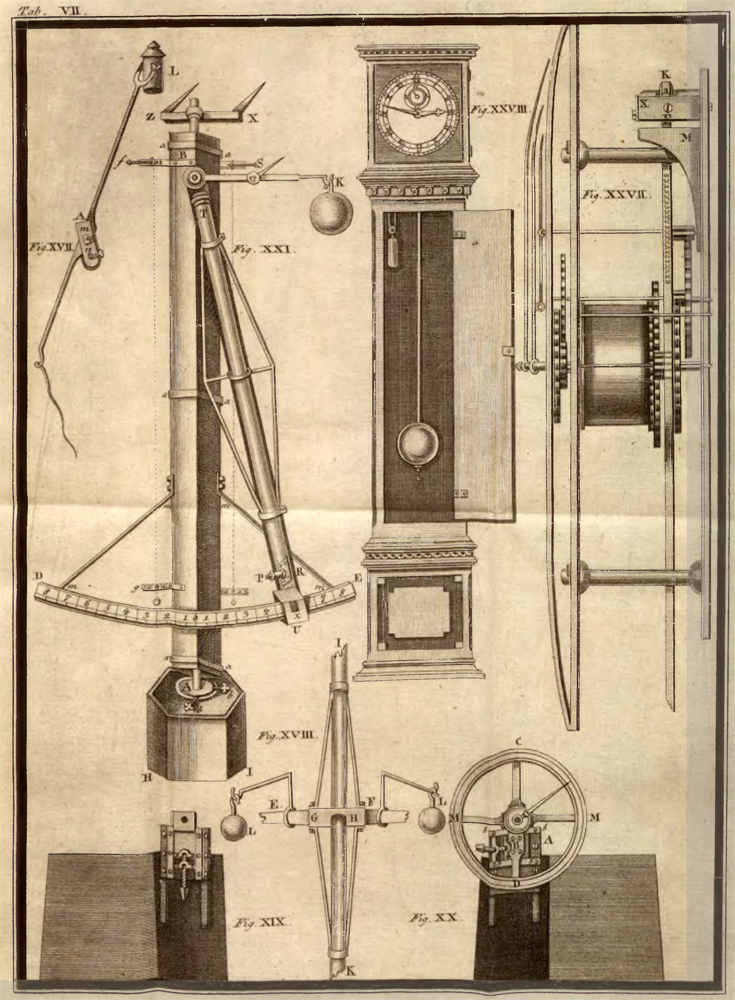
Fig. 5a. Pendulum Clock, Specula Batthyaniana, Alba Iulia (Mártonfi 1798, Tab-VII)

Fig. 5b. Telescopes and Quadrant, Specula Batthyaniana, Alba Iulia (Mártonfi 1798, Tab-VIII)
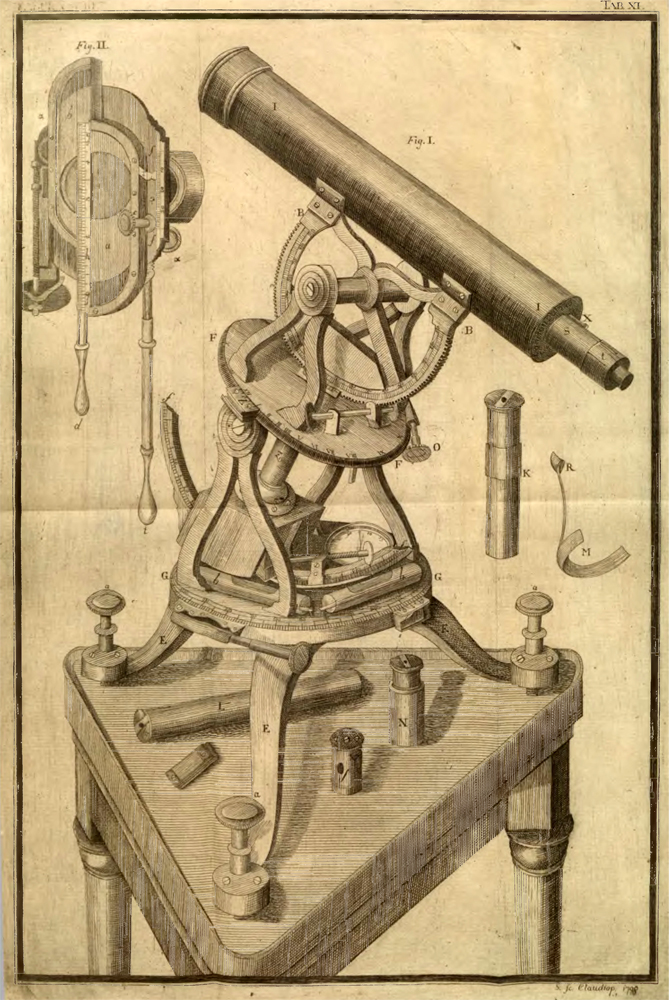
Fig. 5c. Aequatoriale Universale, Specula Batthyaniana, Alba Iulia (Mártonfi 1798, Tab-XI)
State of preservation
The Astronomical Observatory in Alba Iulia is no longer existing, but the building with the library is still there.
The Building of the Library is under monument protection.
Comparison with related/similar sites
no information available
Threats or potential threats
--
Present use
The Batthyneum Library is still in use. Some instruments are preserved there, like globes and telescopes.
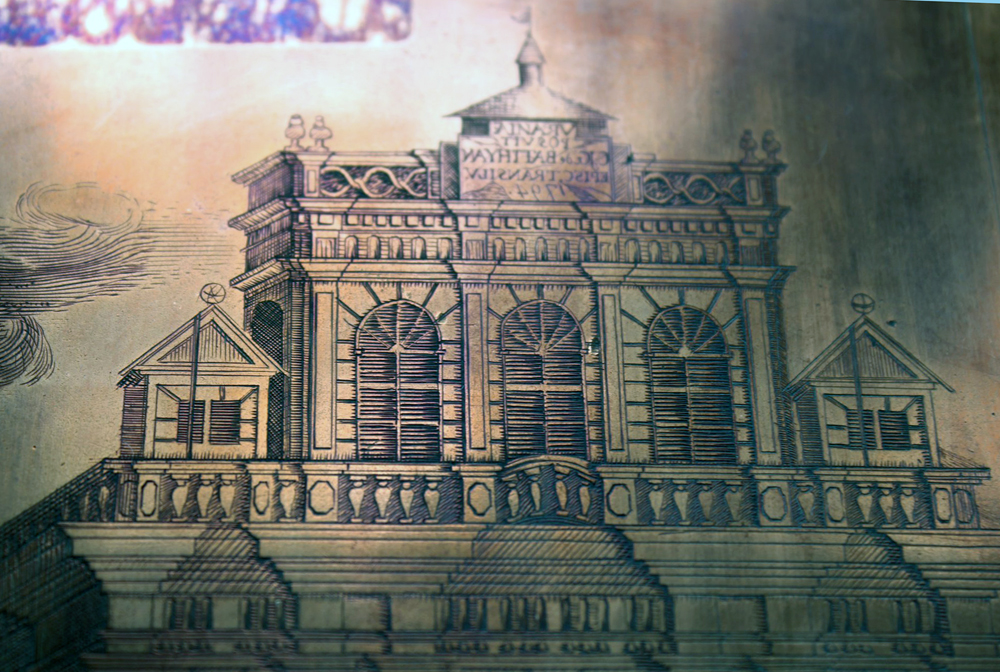
Fig. 6a. Specula Batthyaniana -- Biblioteca Batthyaneum, Alba Iulia
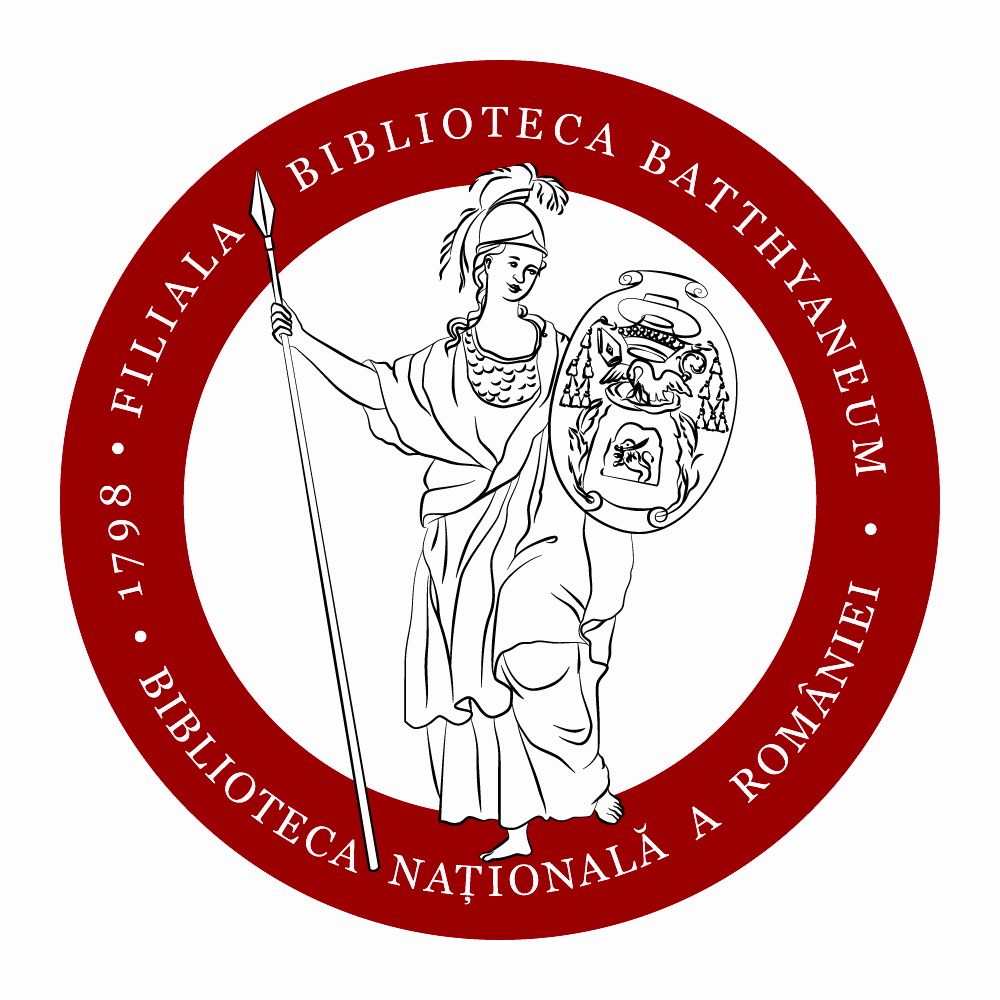
Fig. 6b. Biblioteca Batthyaneum, logo with Athena, Alba Iulia
Astronomical relevance today
The Astronomical Observatory in Alba Iulia is no longer existing.
References
Bibliography (books and published articles)
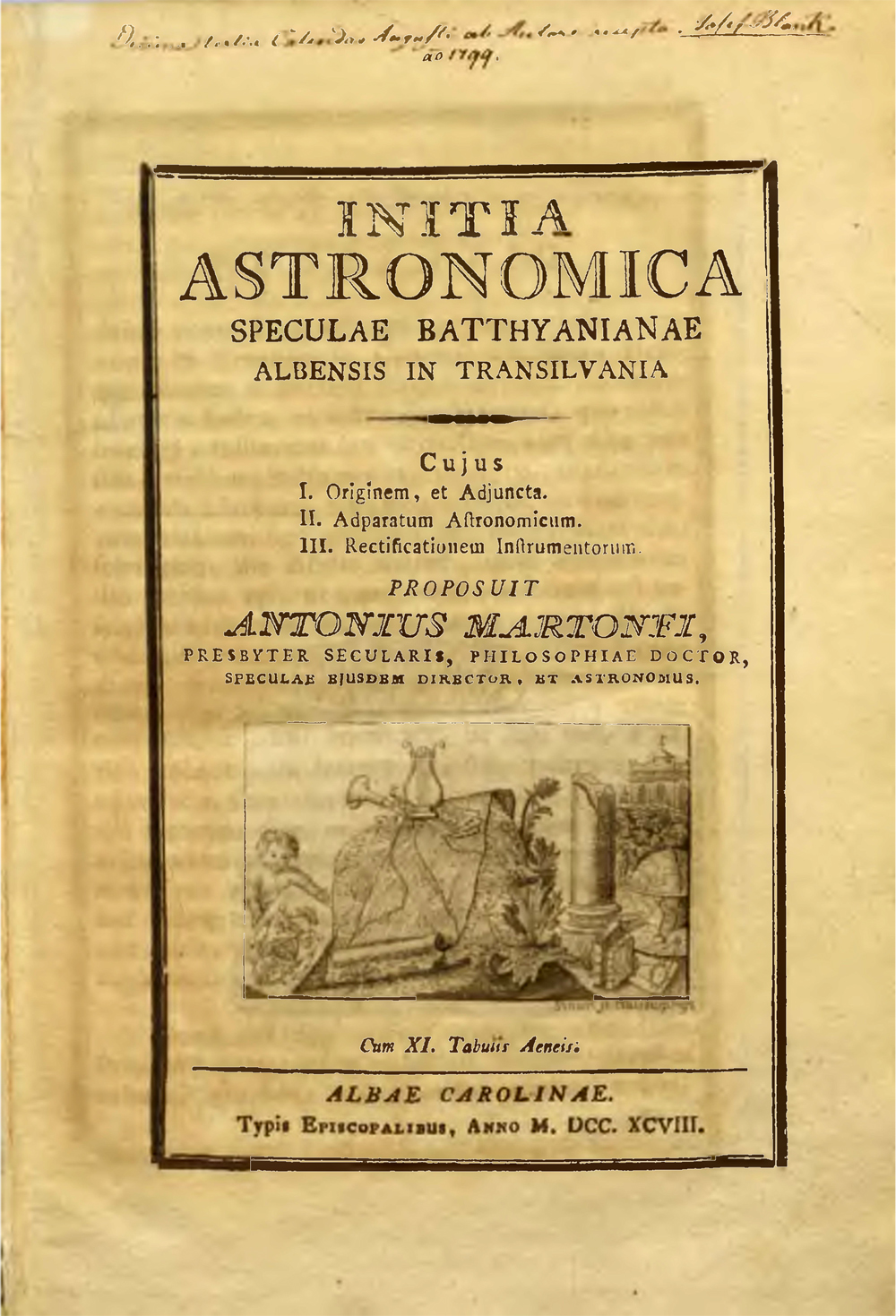
Fig. 7. Initia astronomica speculae Batthyanianae Albensis in Transylvania (Mártonfi 1798)
- Bartha, Lajos: Batthyány I. és a Gyulafehérvári "Batthyáneum". In: Évfordulóink a muszaki és természettudományokban (1991), p. 126-129.
- Bartha, Lajos; Könnyü, József & Edina Pischné Könnyü: Magyarországi csillagászok életrajzi lexikonja. Budapest: Magyar Csillagászati Egyesület 2000. https://www.ponticulus.hu/rovatok/limes/bartha-magyar-csillagaszok.html
- Botez, Elvira & Oproiu, Tiberiu: About Some Astronomical Instruments from Batthyanian Observatory in Alba Iulia. In: Highlights of Astronomy, Vol. 12, as presented at the XXIVth General Assembly of the IAU in Manchester, UK, 7-18 August 2000. Edited by H. Rickman. San Francisco, CA: Astronomical Society of the Pacific (2002), p. 361-364.
- Hagenberg-Miliu, Ebba: Rumänien. Köln: DuMont 1998.
- Heltmann, Heinz: Reiseführer Siebenbürgen. Thaur bei Innsbruck: Wort und Welt-Verlag 1993.
- Kovács, A.: Program és mualkotás a 18. század végi Erdélyben. A gyulafehérvári Batthyaneum csillagvizsgálója. In: Stílusok, muvek, mesterek. Erdély muvészete 1690-1848 között. Tanulmányok B. Nagy Margit emlékére. Ed. by J. Orbán. Marosvásárhely/Kolozsvár (Cluj) 2011, p. 117-136.
- Kovács, A.: The Batthyaneum Observatory of Alba Iulia: A less
known iconographic program. In: Batthyaneum: Omagiu fondatorului Ignatius Sallestius de Batthyan (1741--1798). Ed. by
D.H. Biro. Bucuresti 2011, p. 195-212. - Mártonfi, Antal: Initia astronomica speculae Batthyanianae Albensis in Transylvania. Alba-Carolinae: Typis Episcopalibus 1798.
- Mladin, Cristian: Recenzia Baronului Franz Xaver von Zach la opera Initia Astronomica. ....
- Simon, Johann Baptist: Dedicatia lui Johann Baptist Simon pentru episcopul Ignatius Batthyány, la aniversarea numelui din anul 1795. [Johann Baptist Simon’s dedication to Bishop Ignatius Batthyány, on the anniversary of his name in 1795.] In: Informare si documentare: activitate stiintifica si profesionala, Biblioteca Nationala a României, Editura Bibliotecii Nationale a României, Bucuresti, Vol. XIII (2021).
Links to external sites
- Batthyaneum Library from Alba Iulia in Transylvania (Karlsburg), branch of the National Library of Romania
- Ignác Batthyány (Wikipedia)
- Batthyaneum Library
Links to external on-line pictures
no information available
No multimedia content published
Currently there is no multimedia content published for this case study






